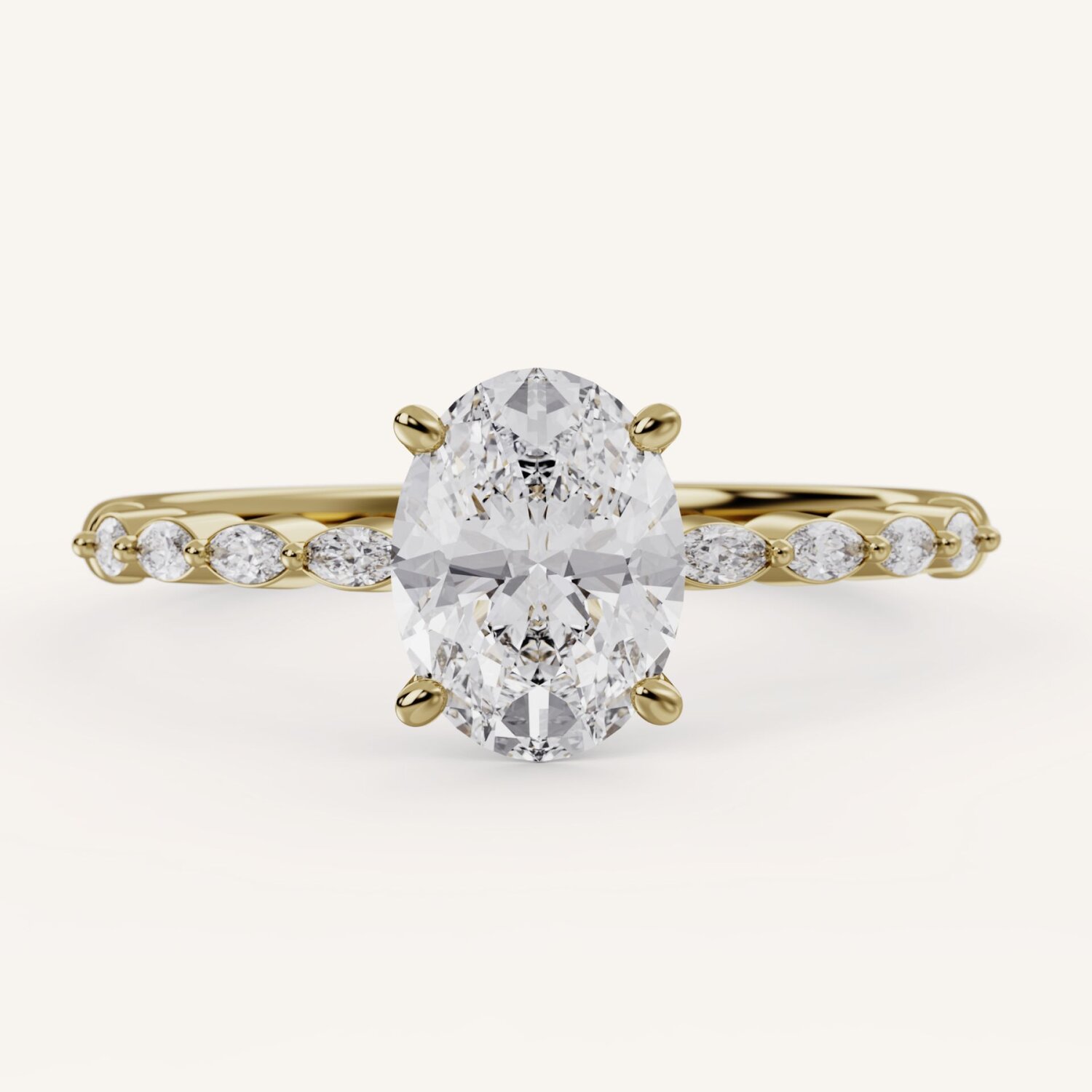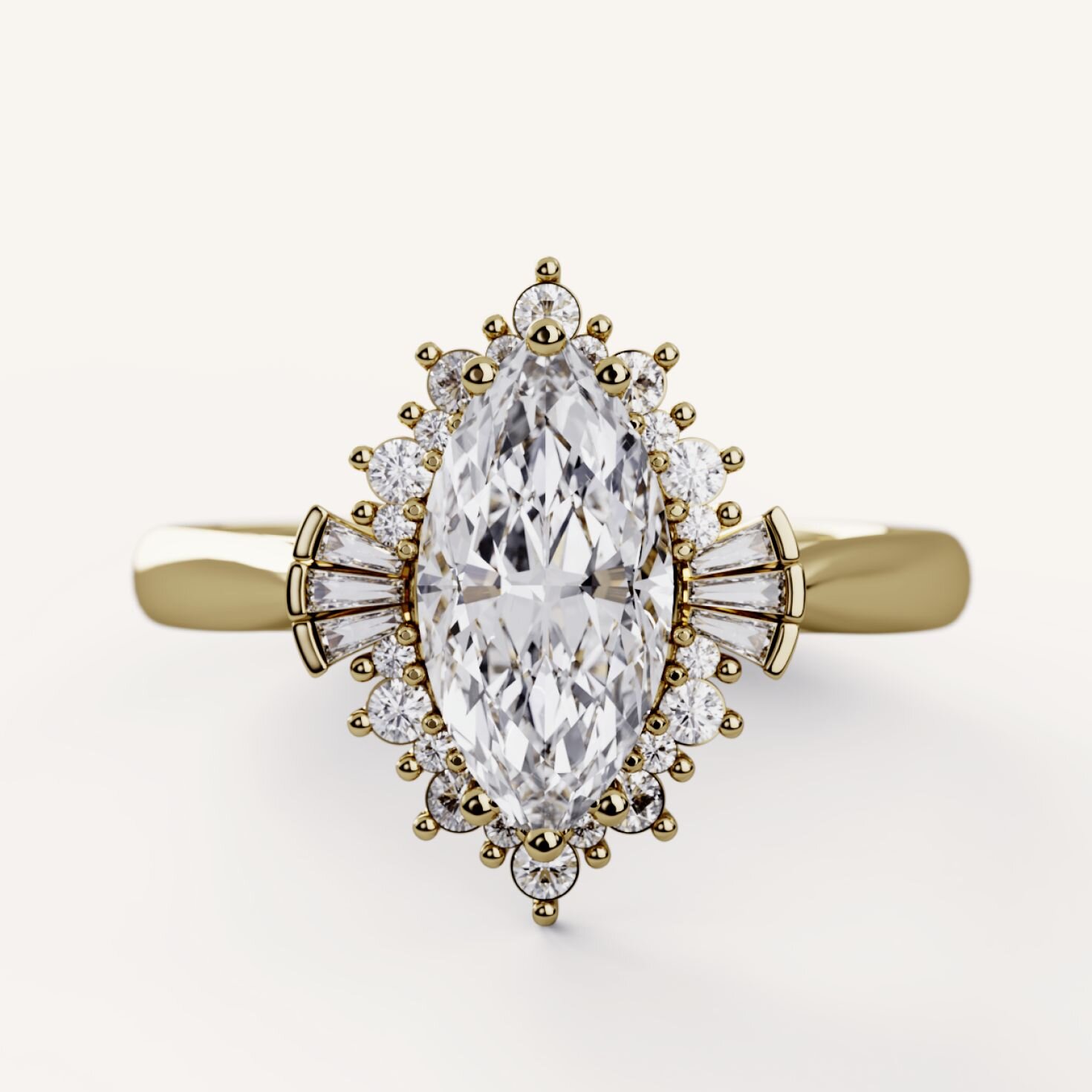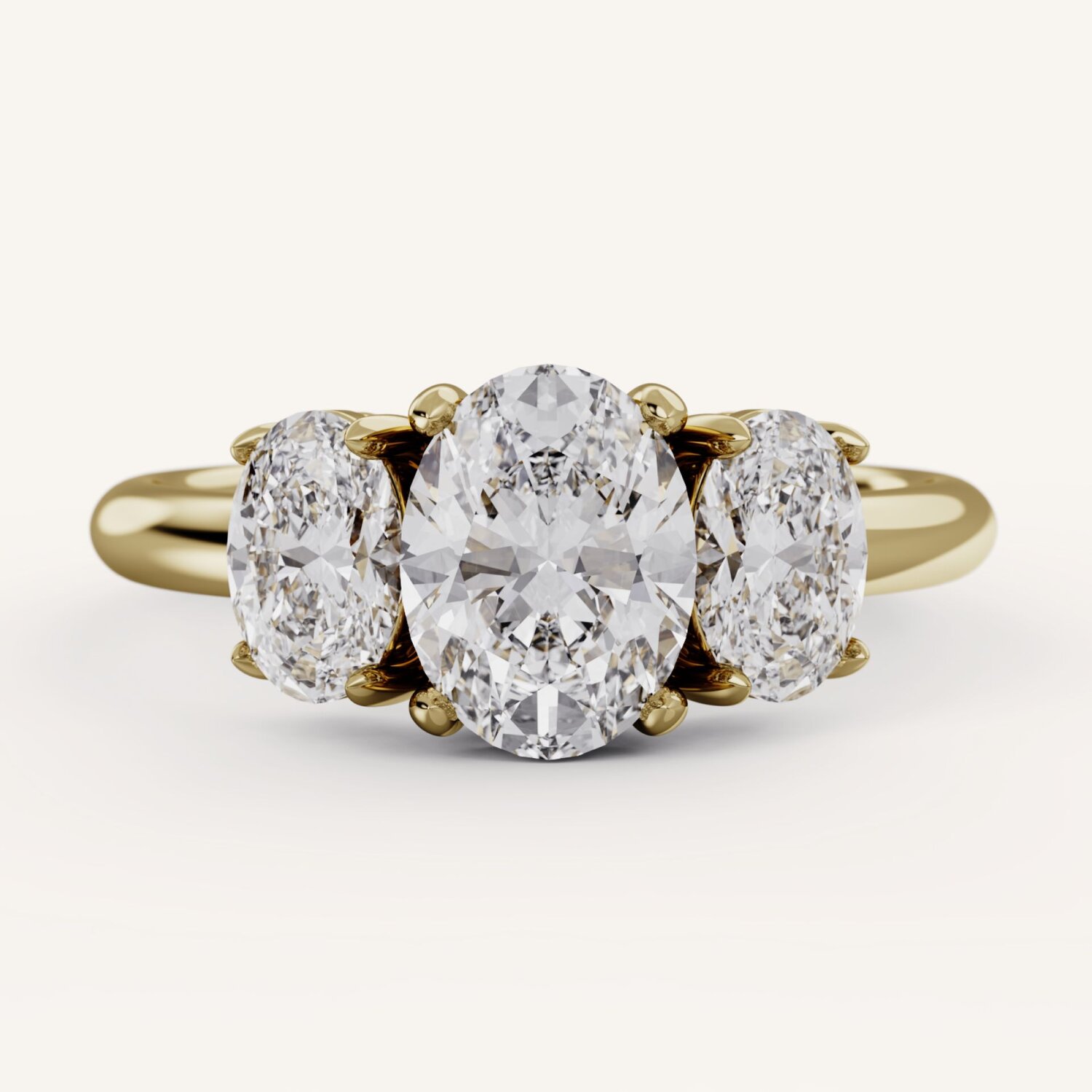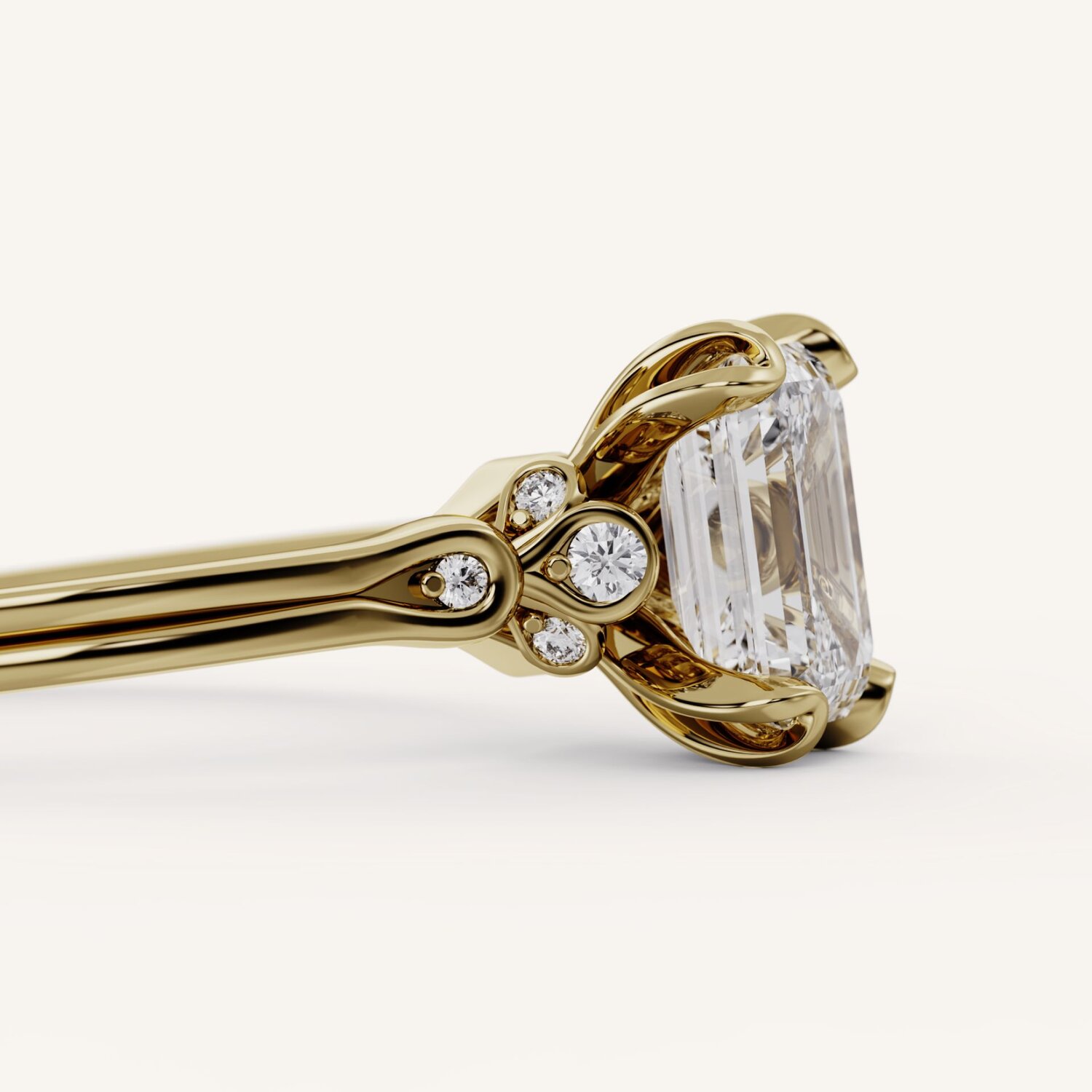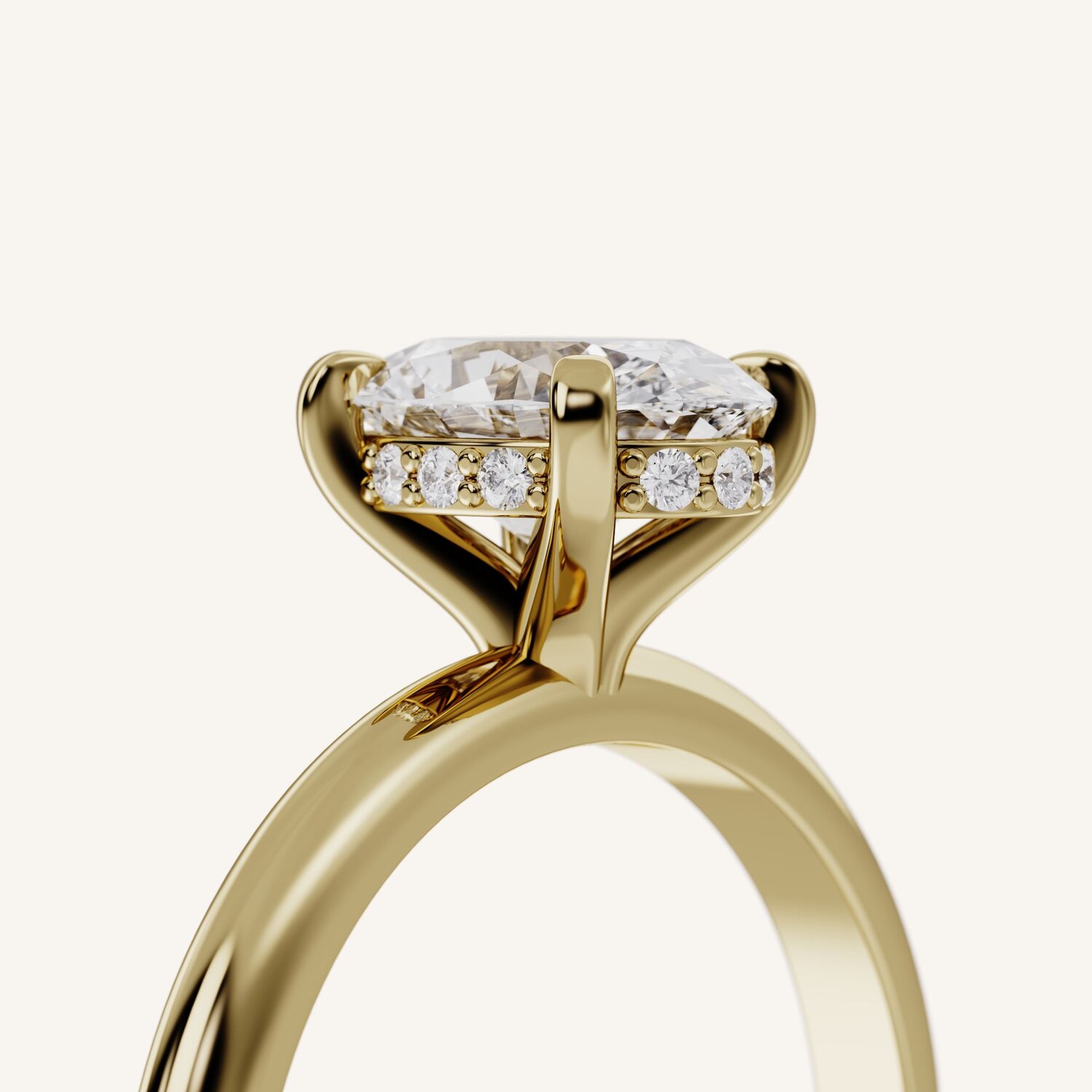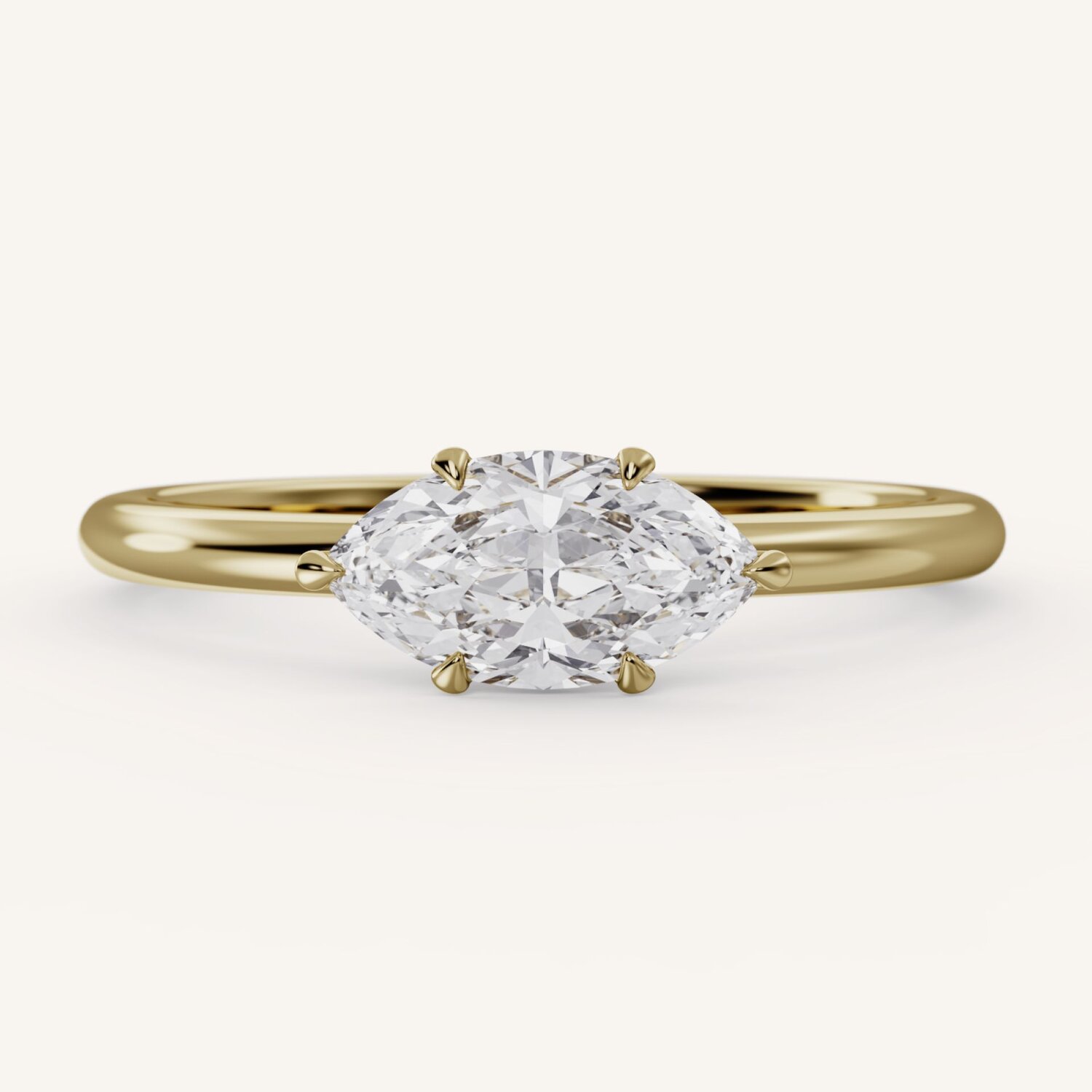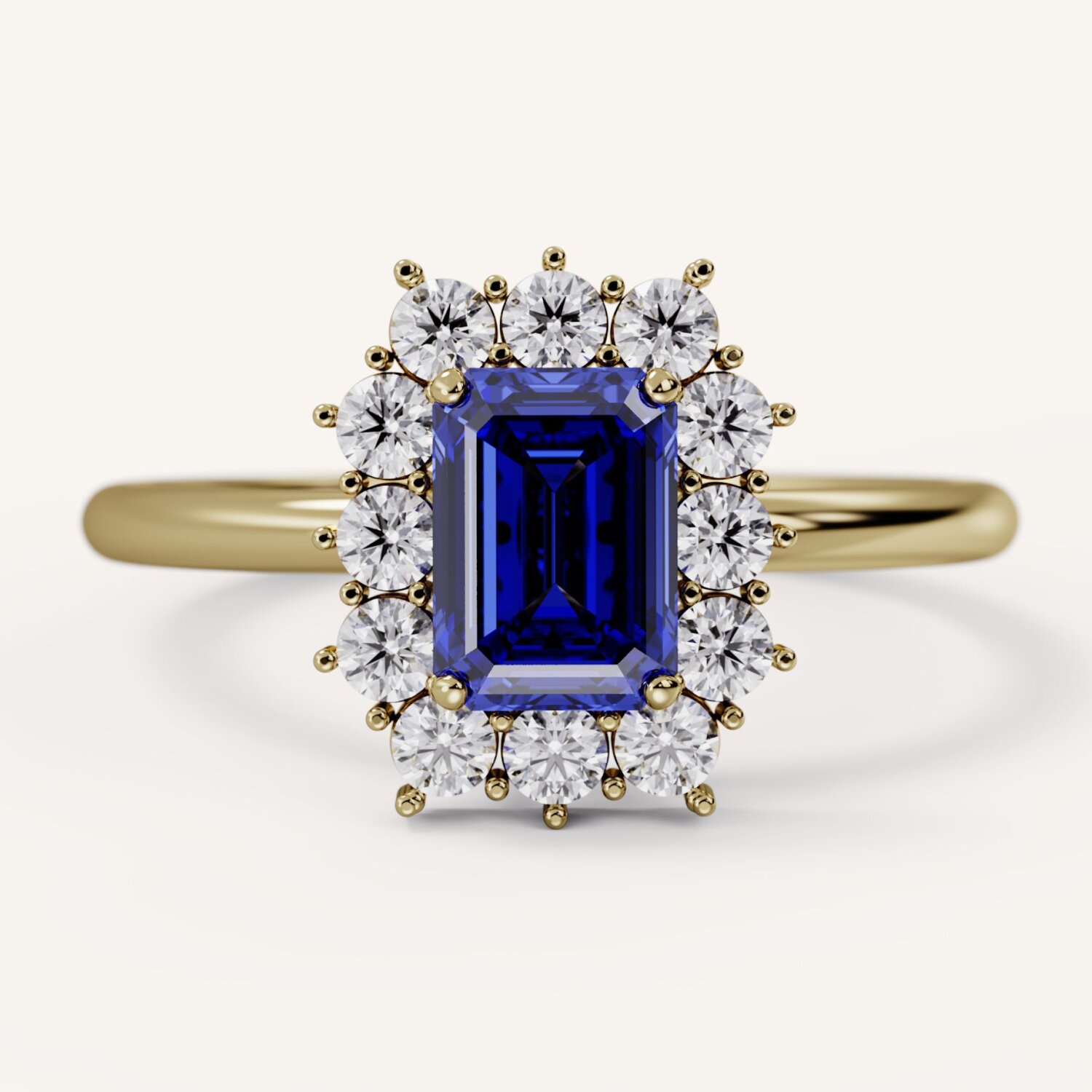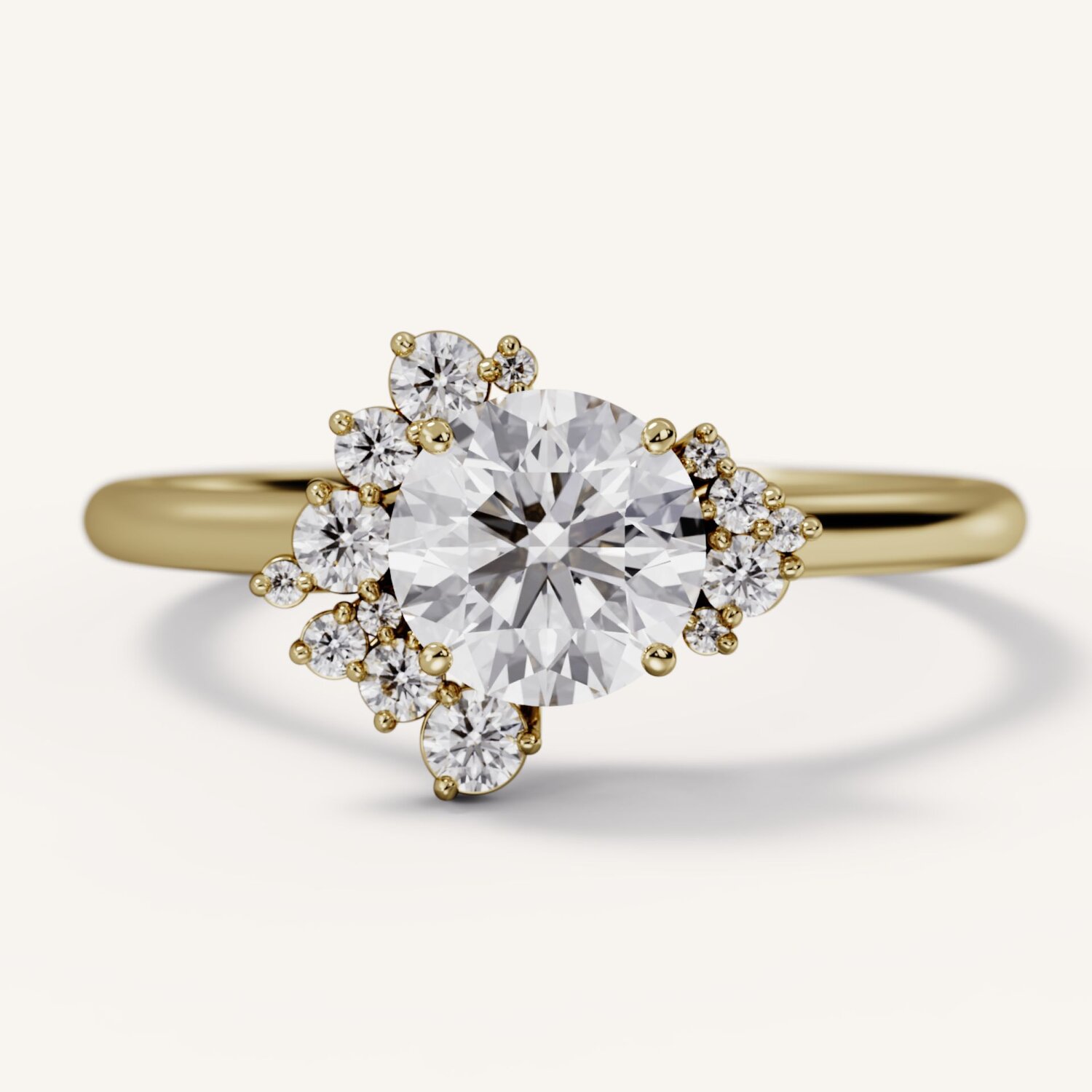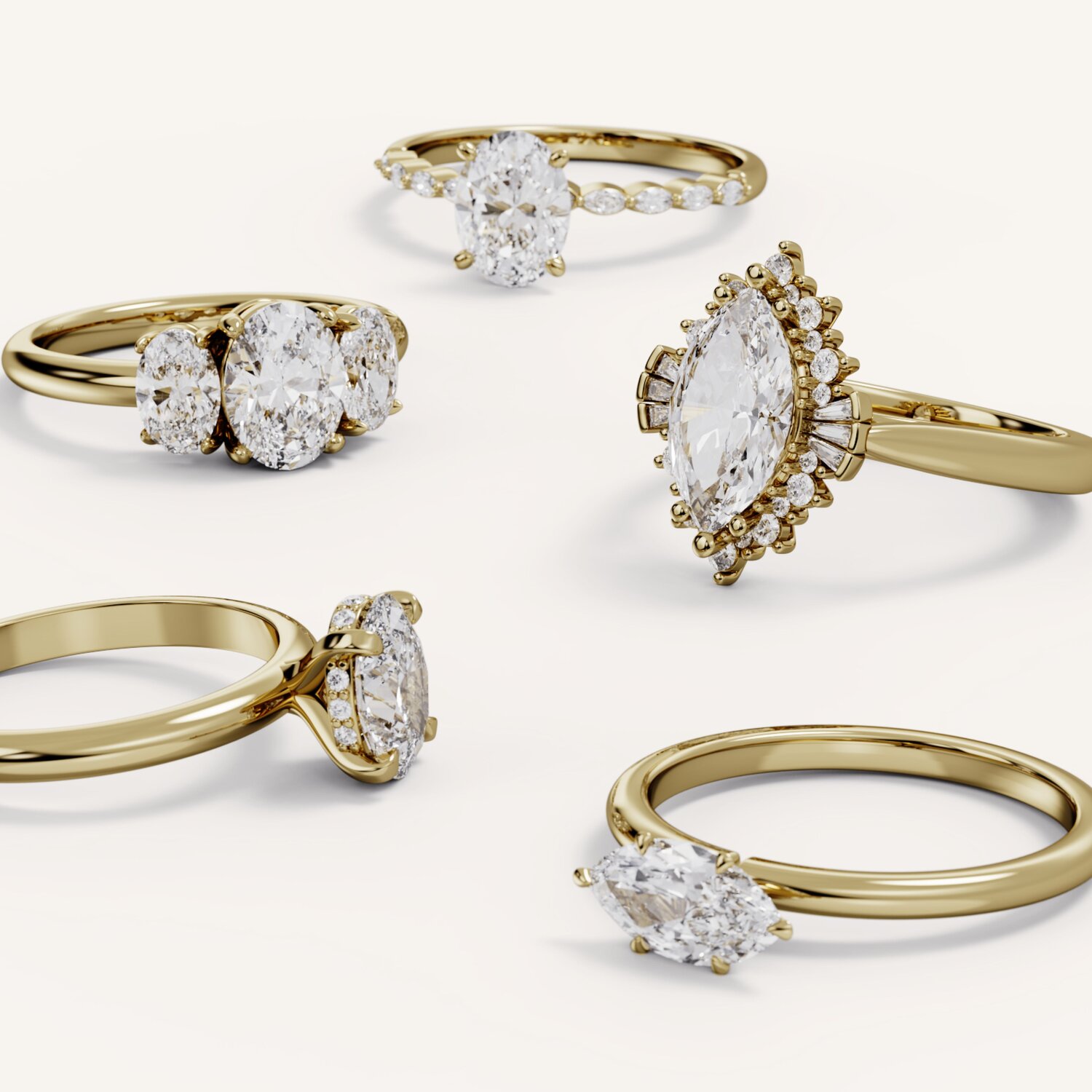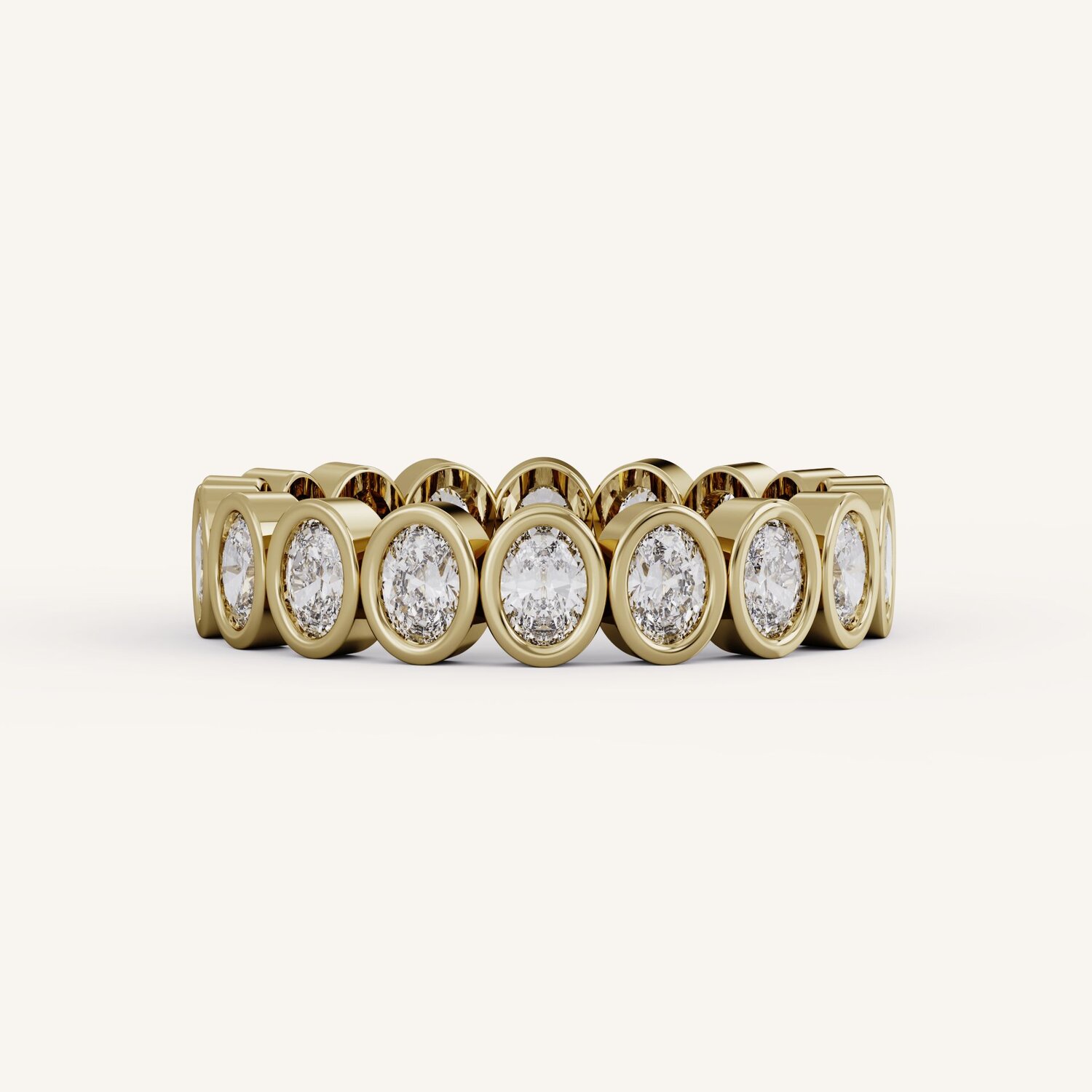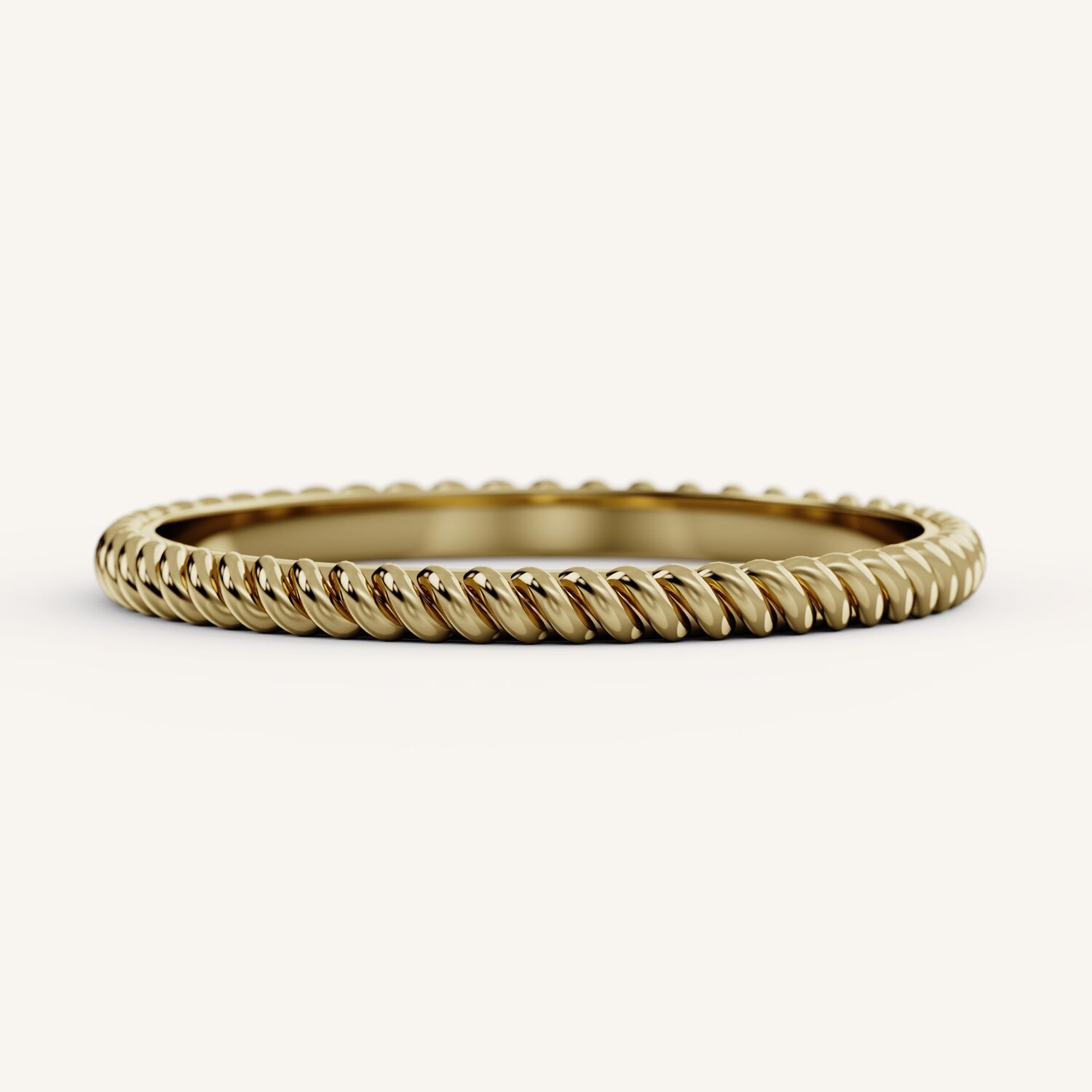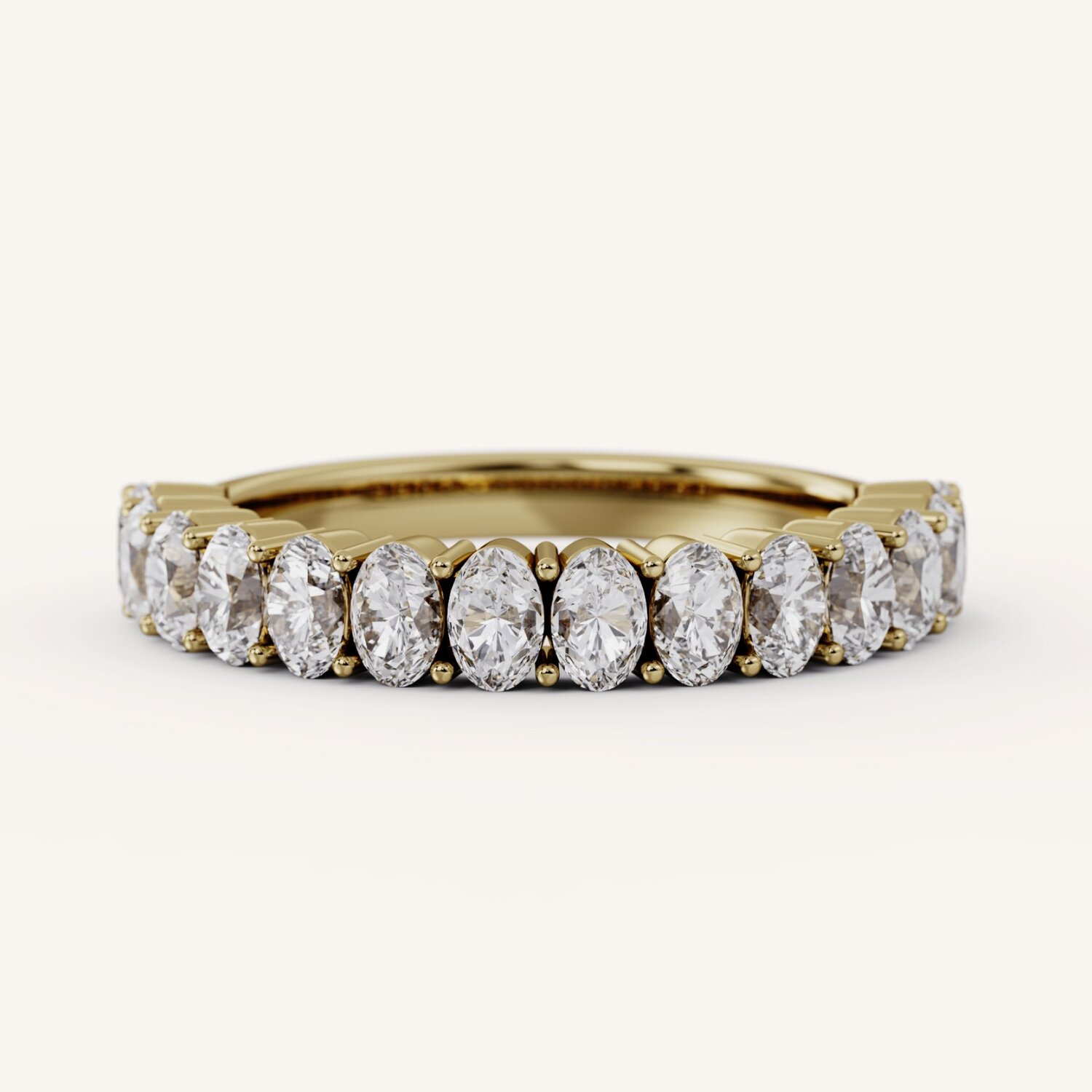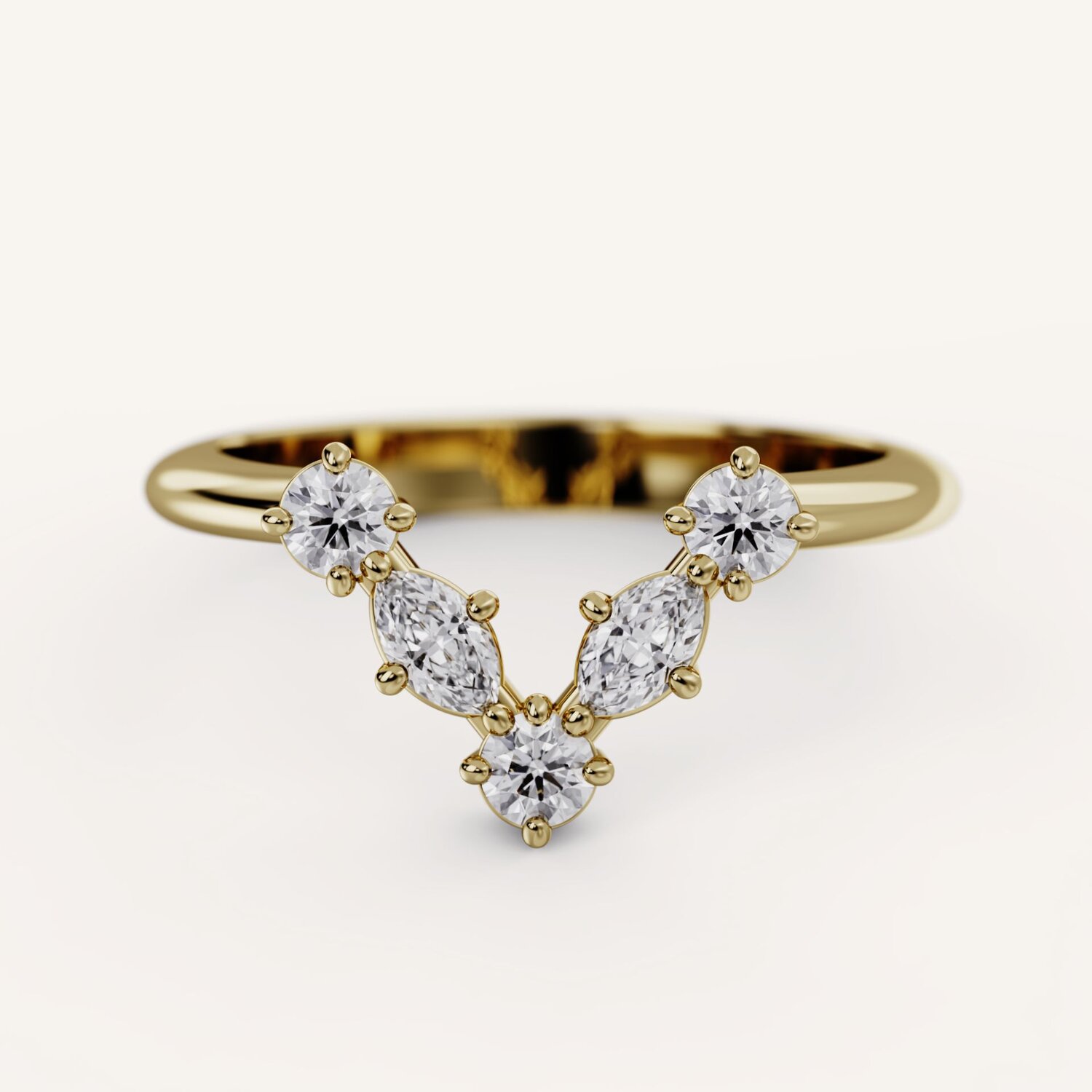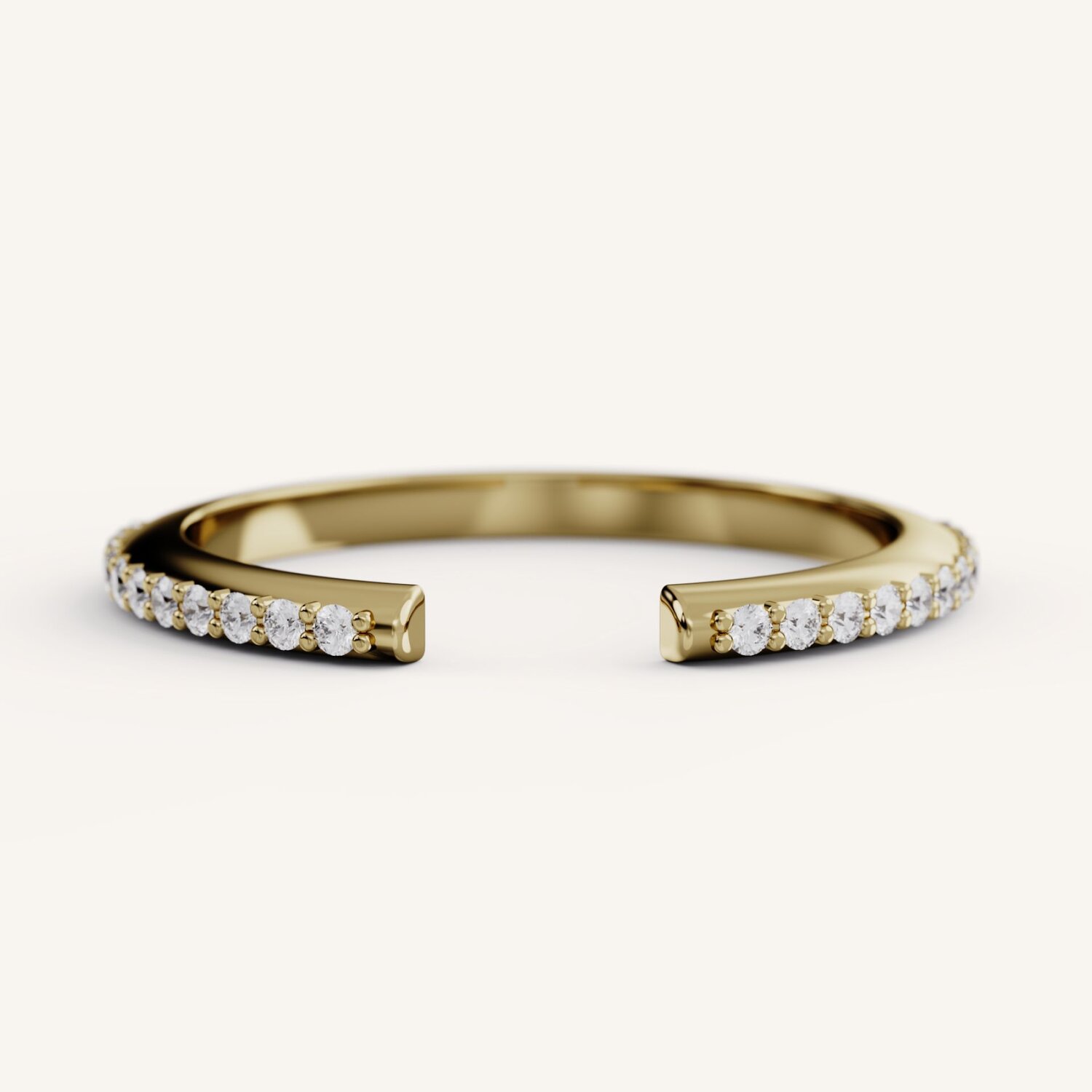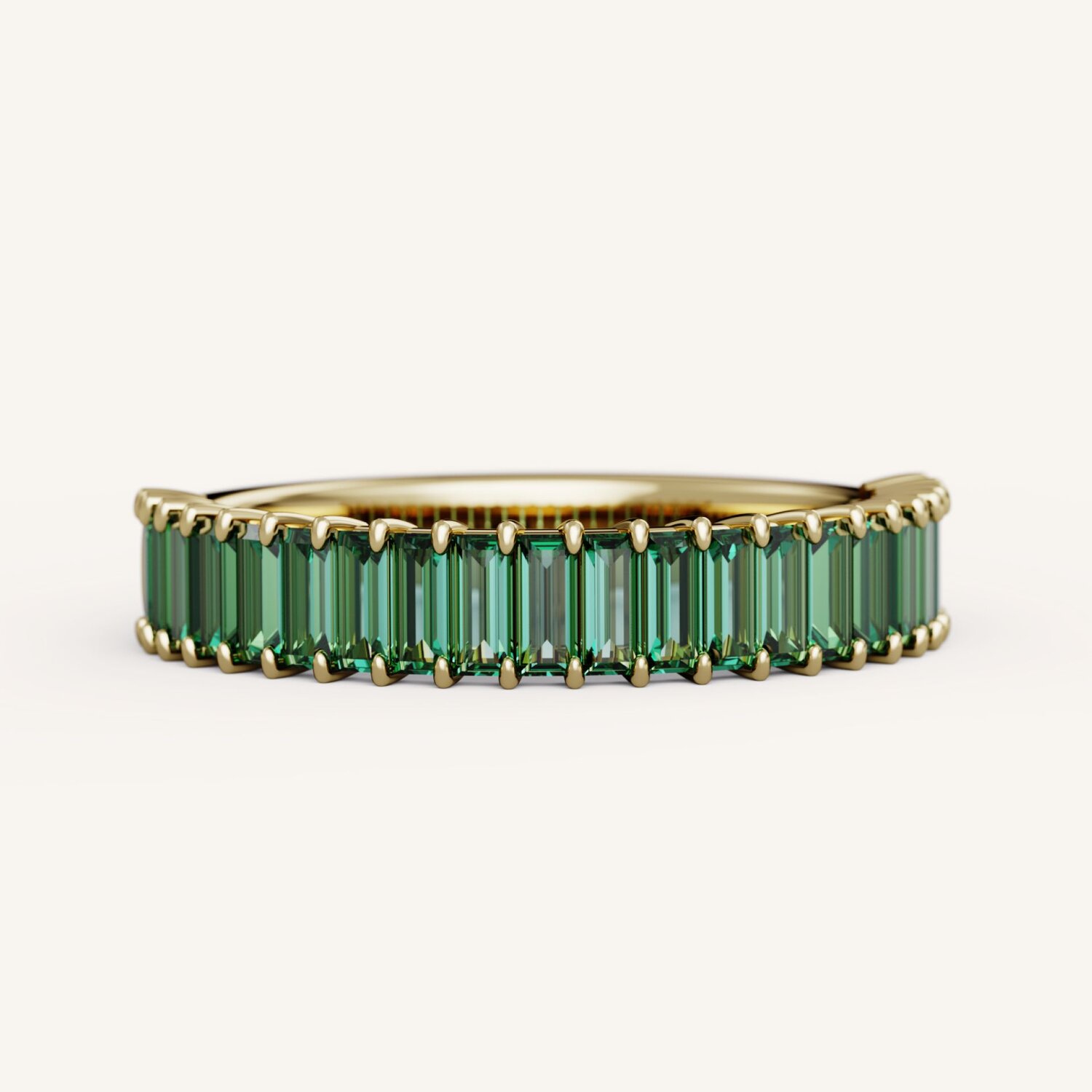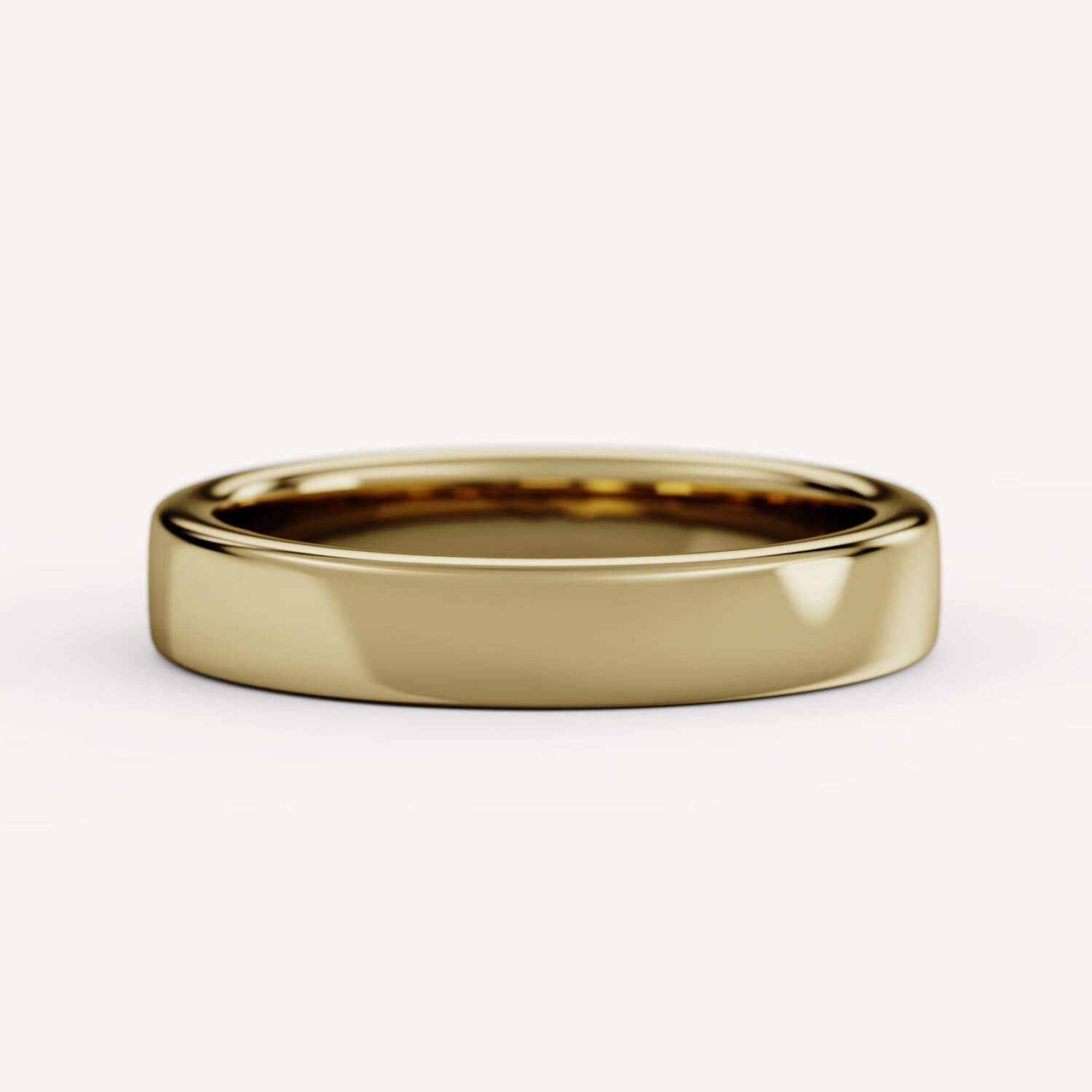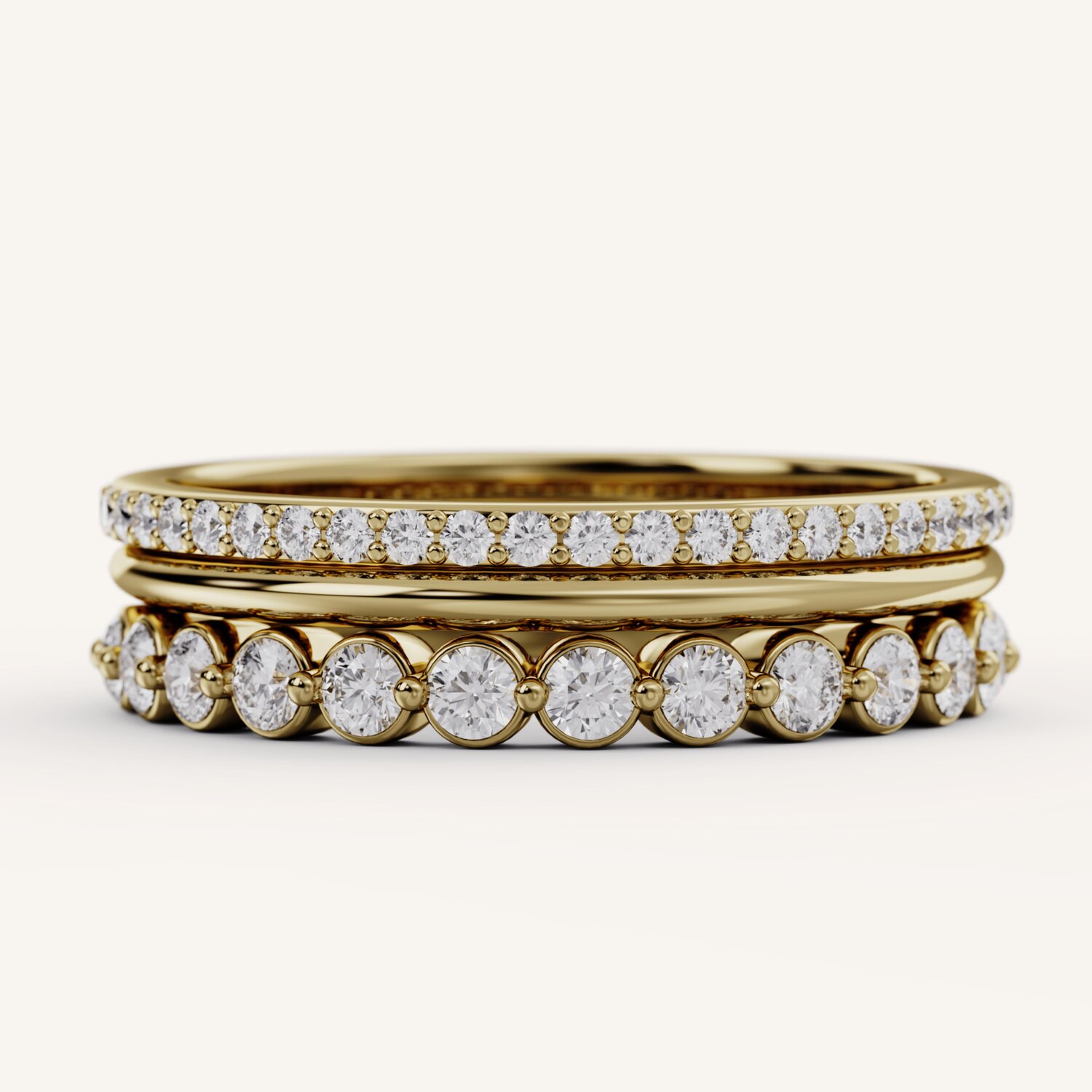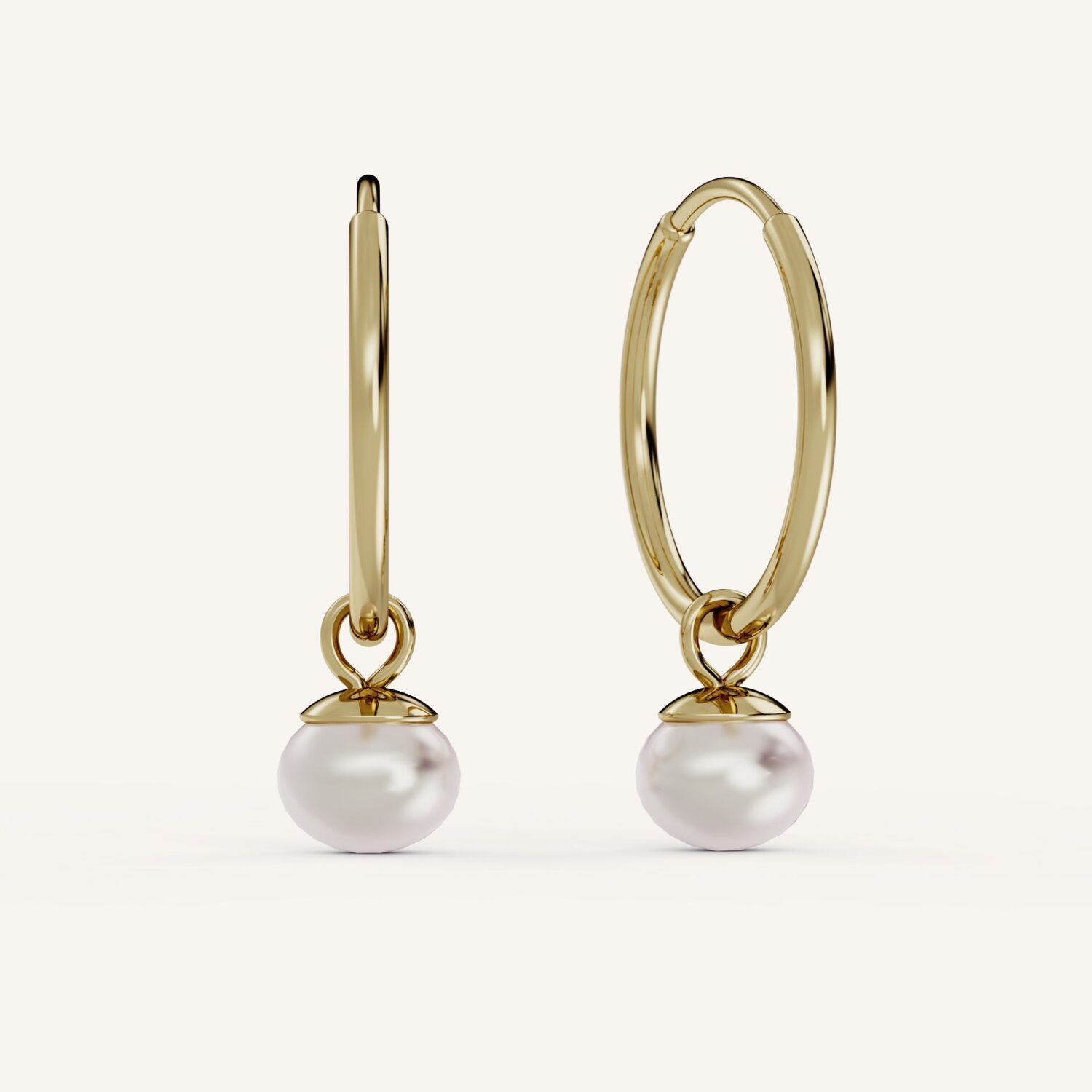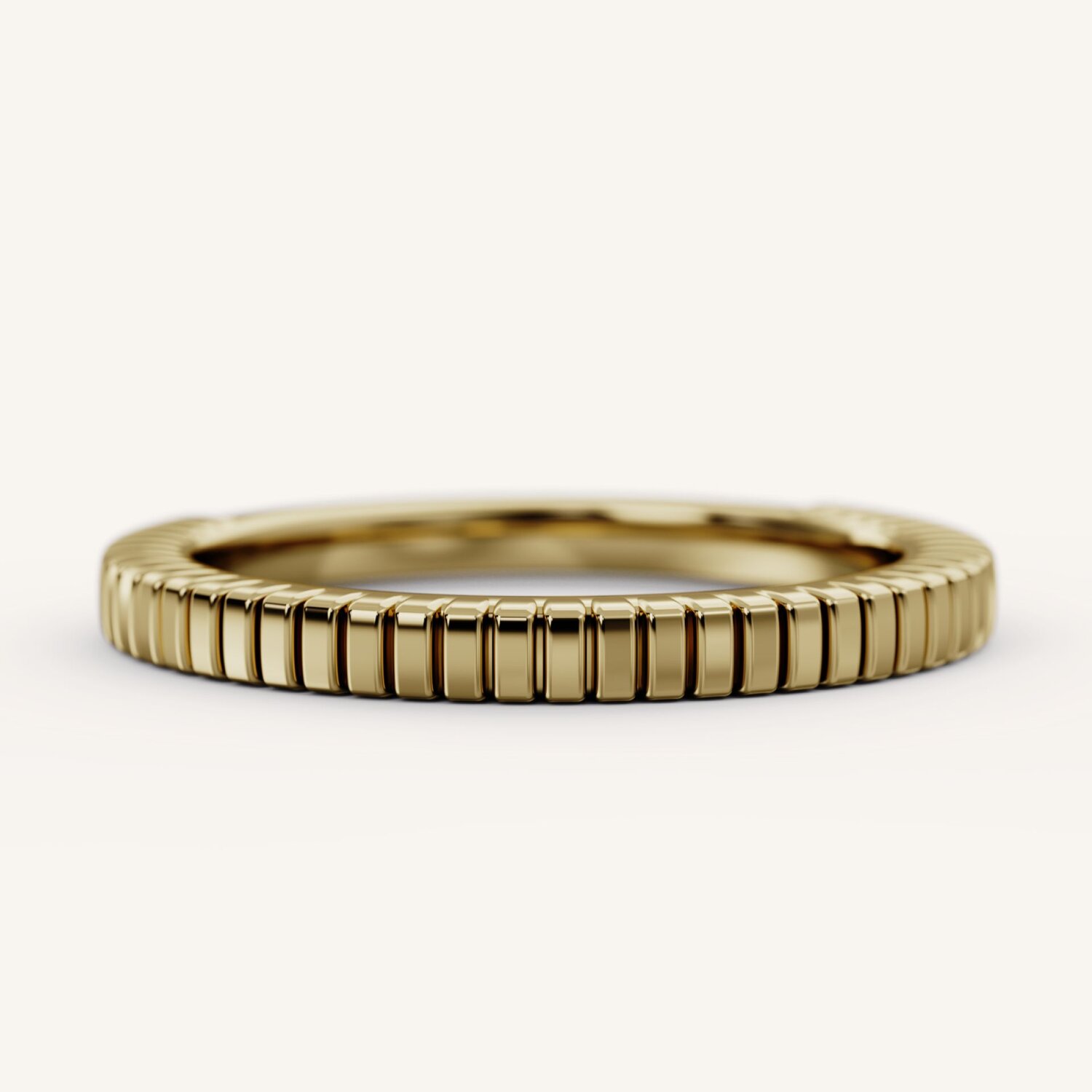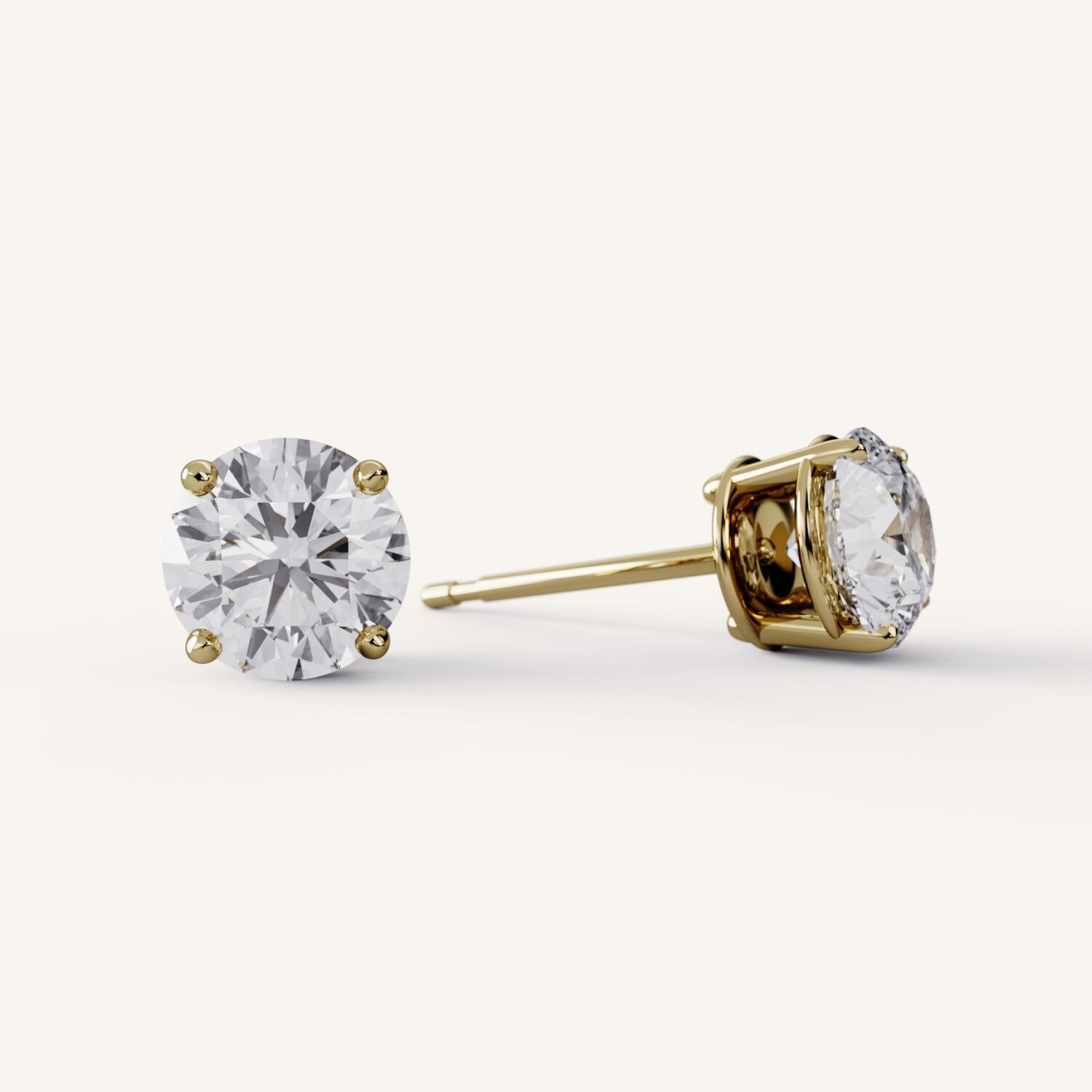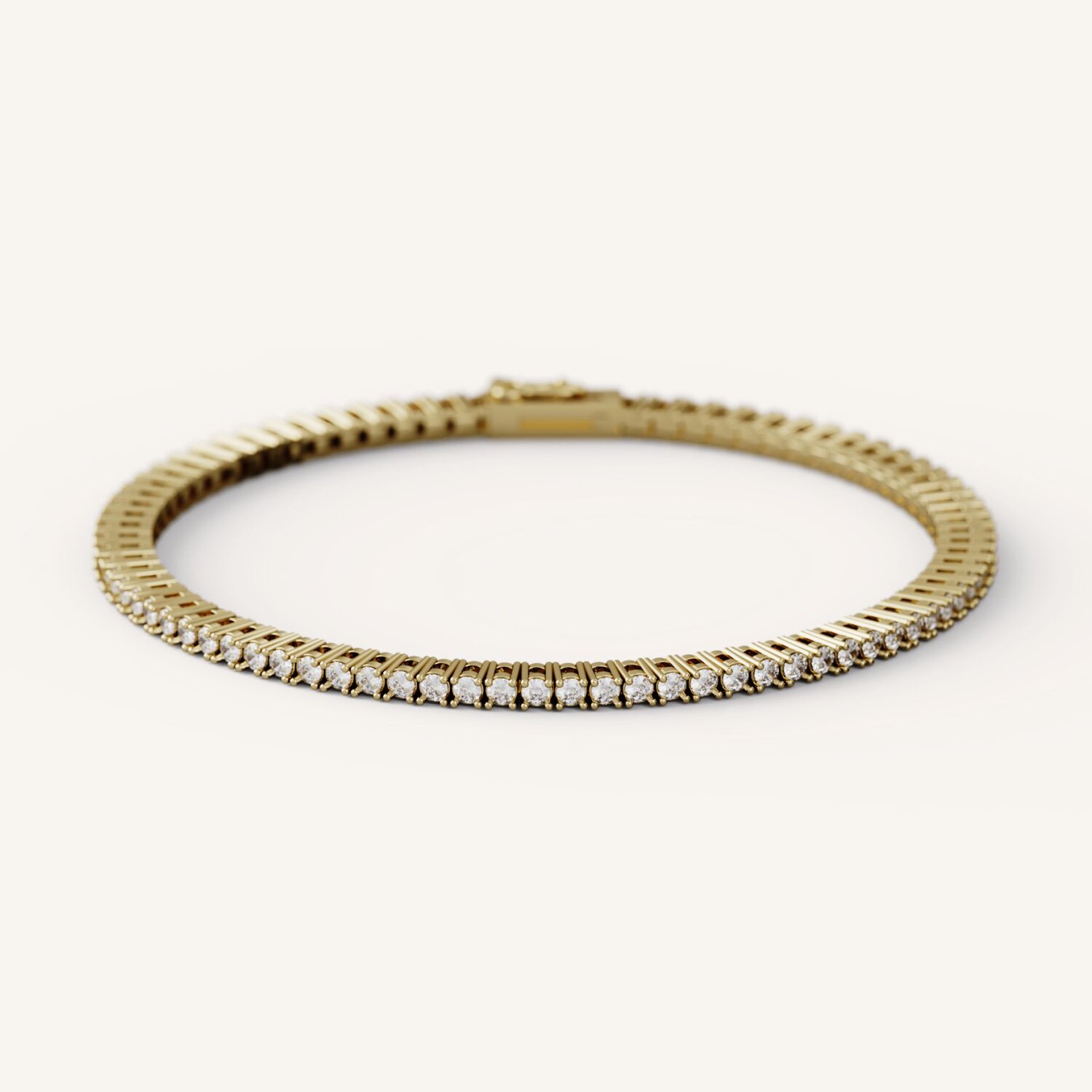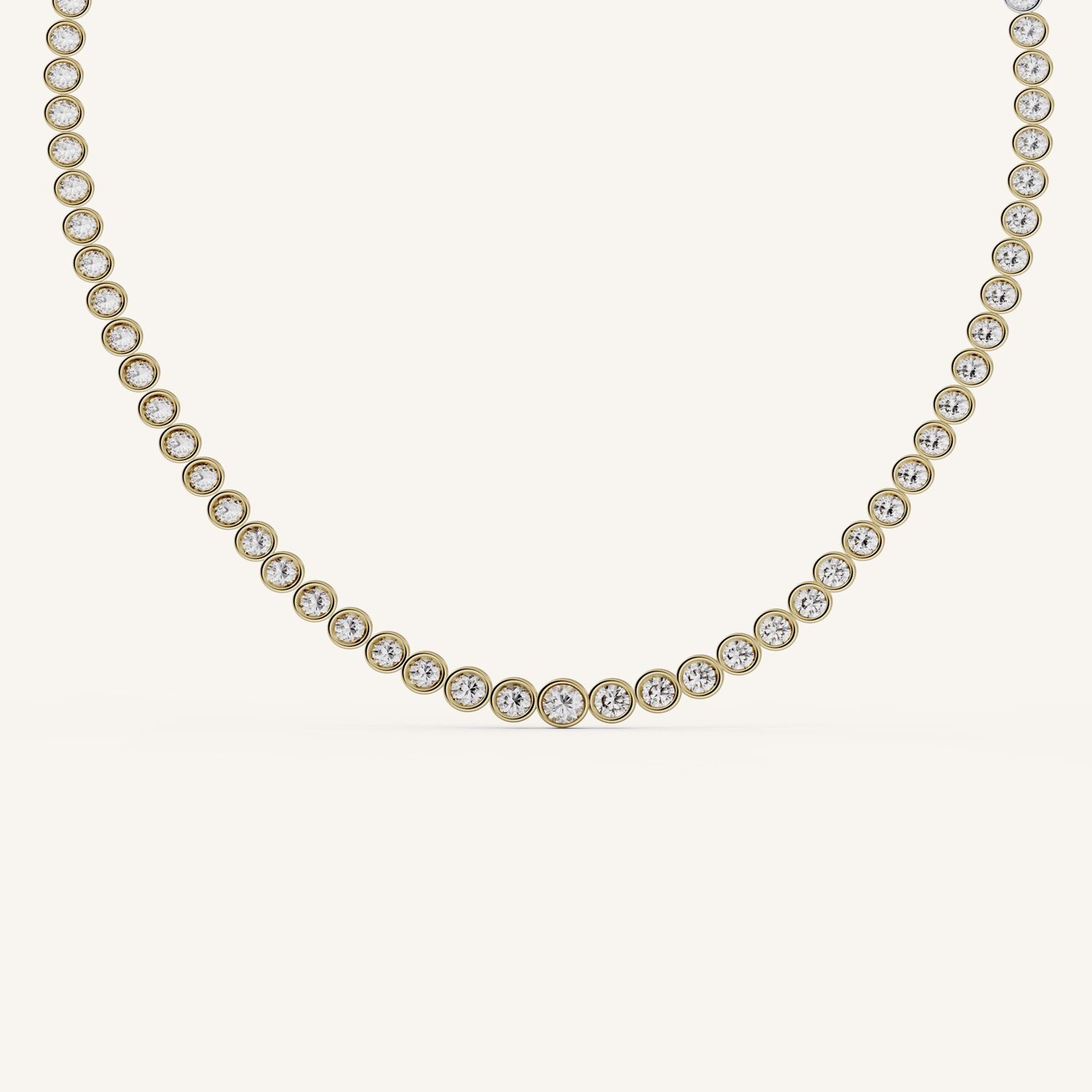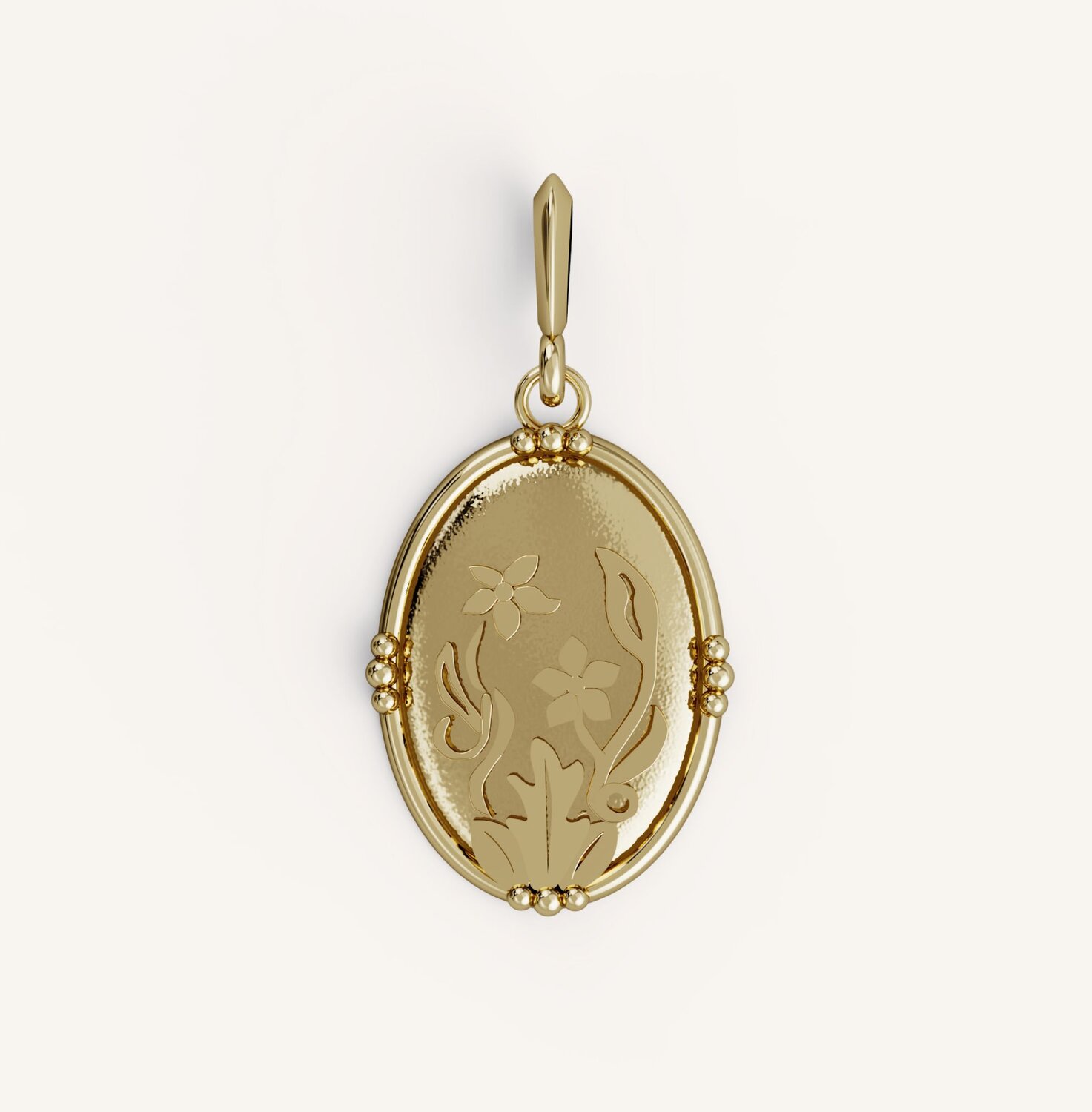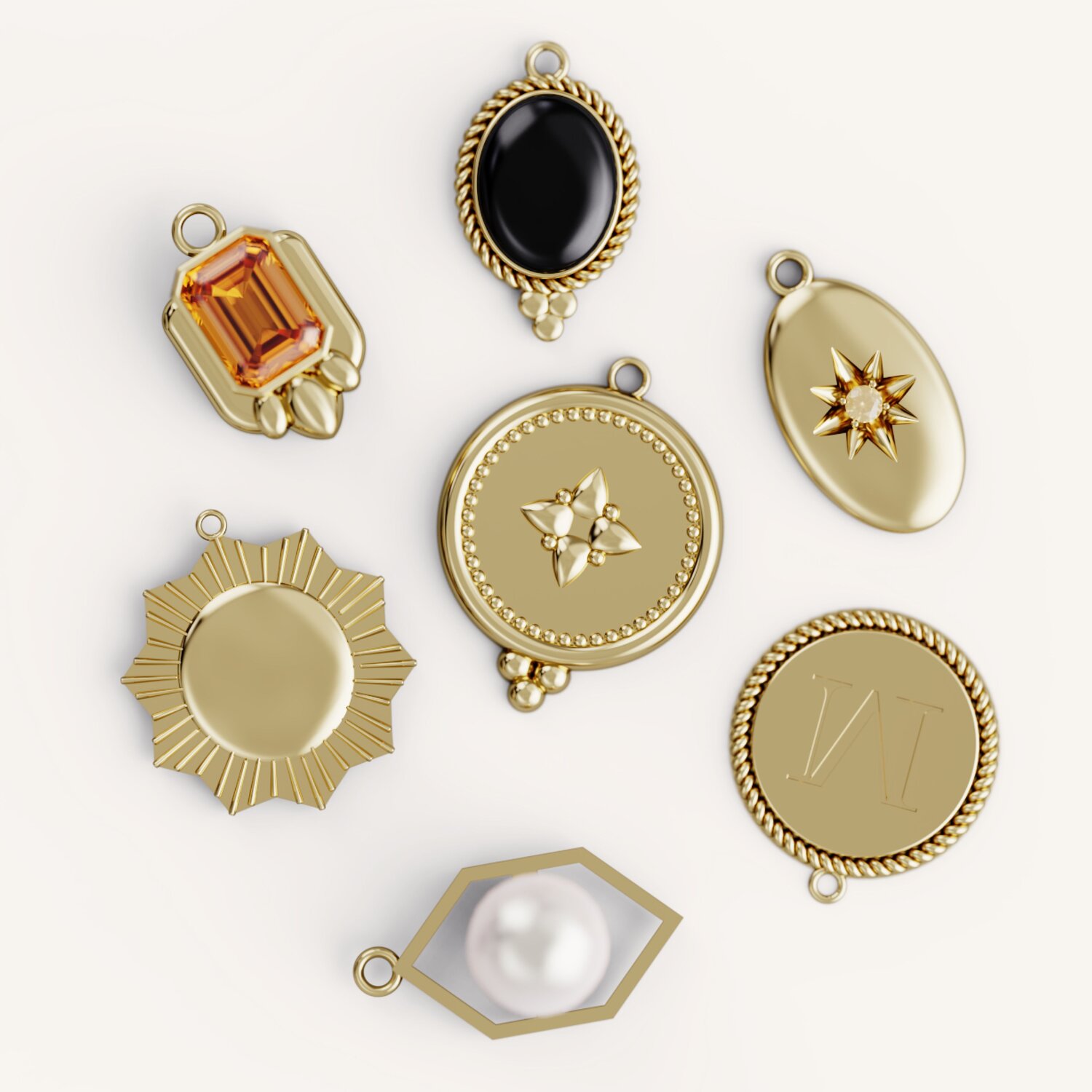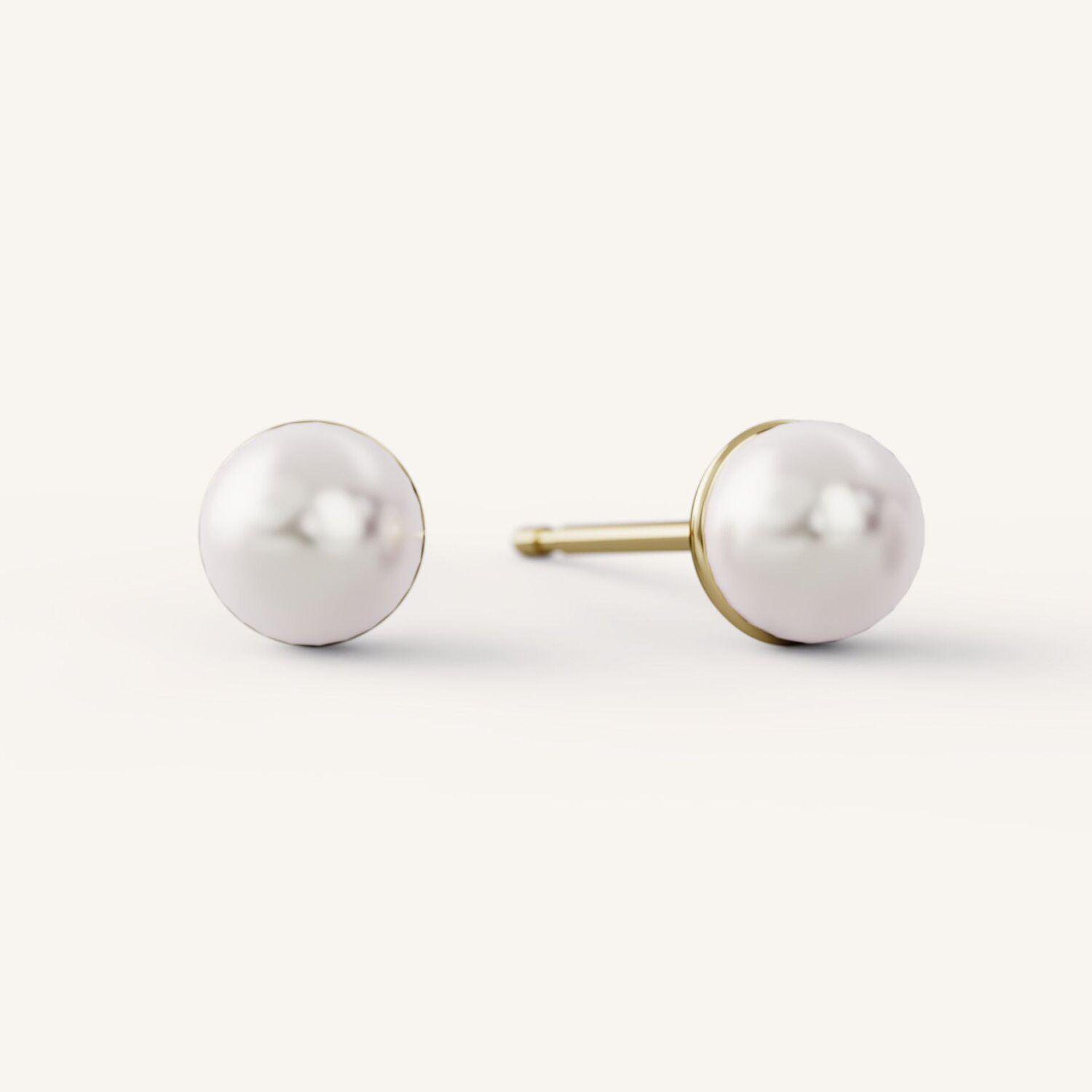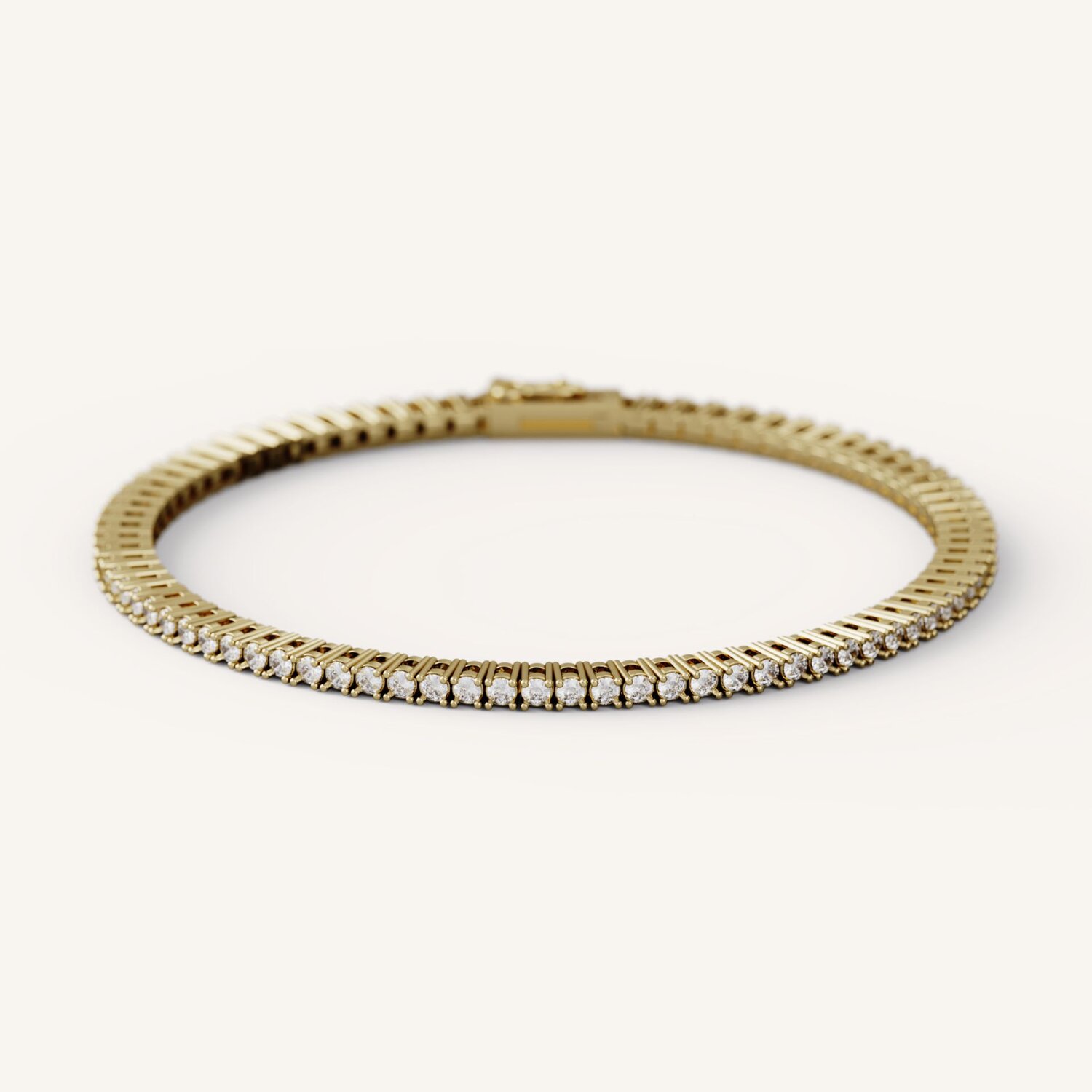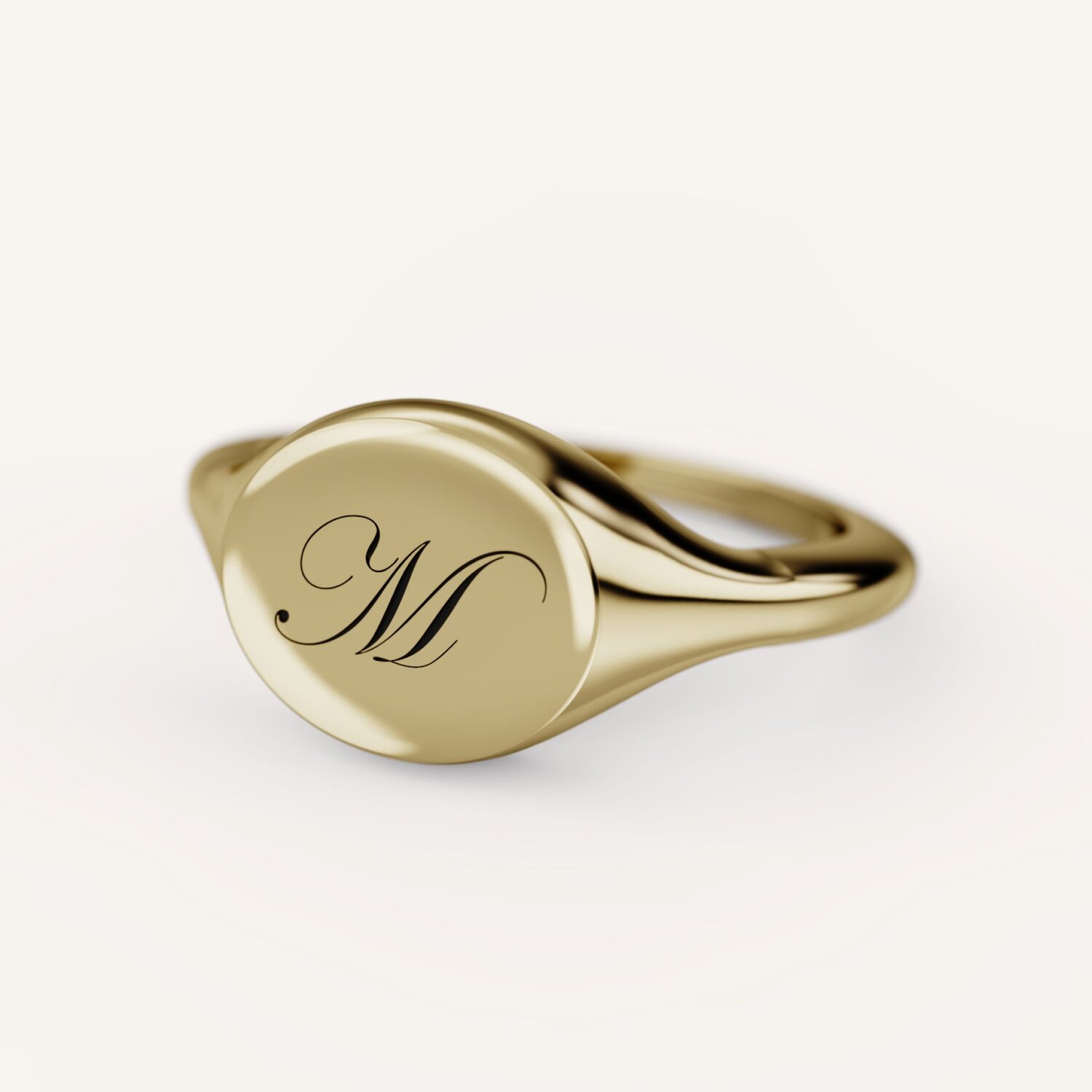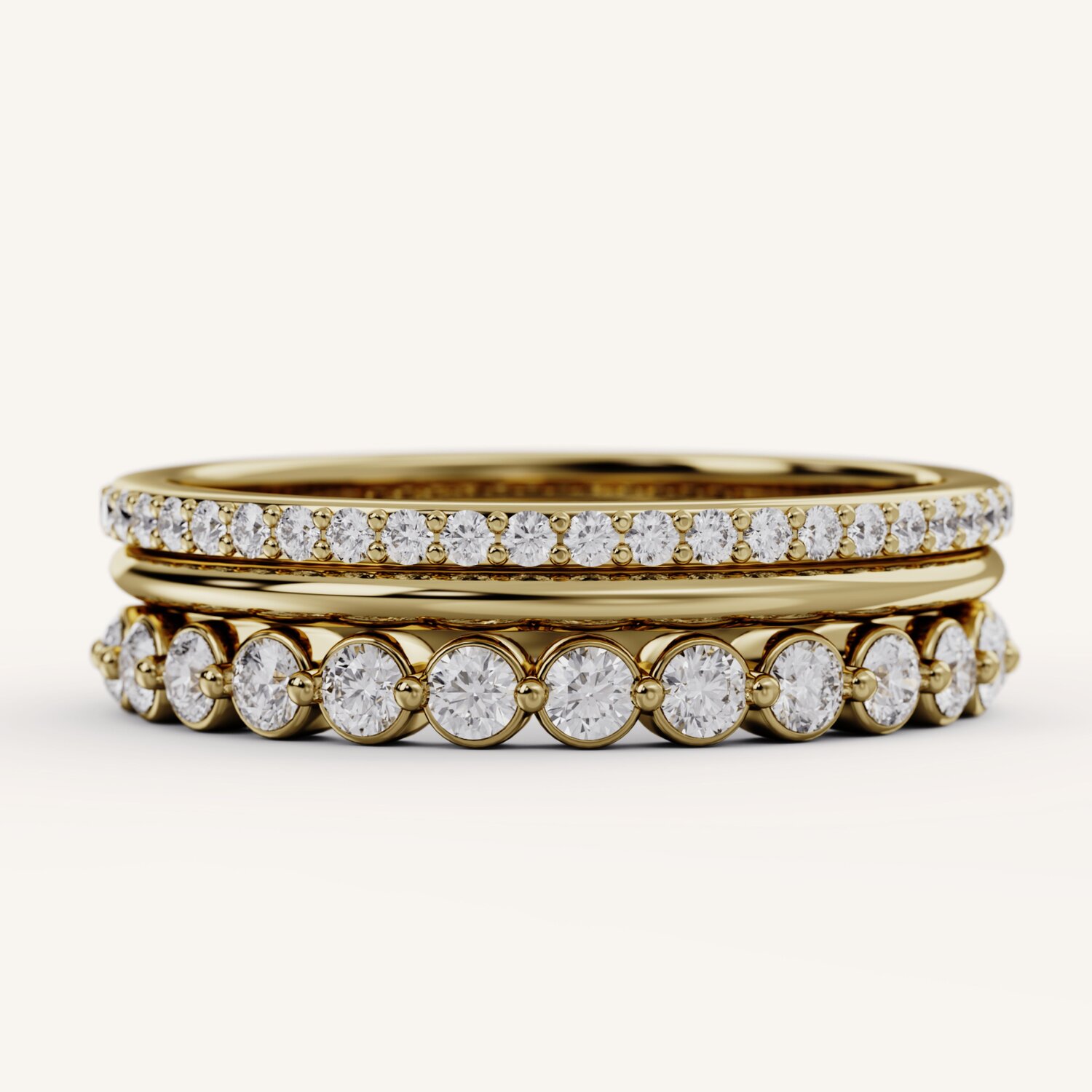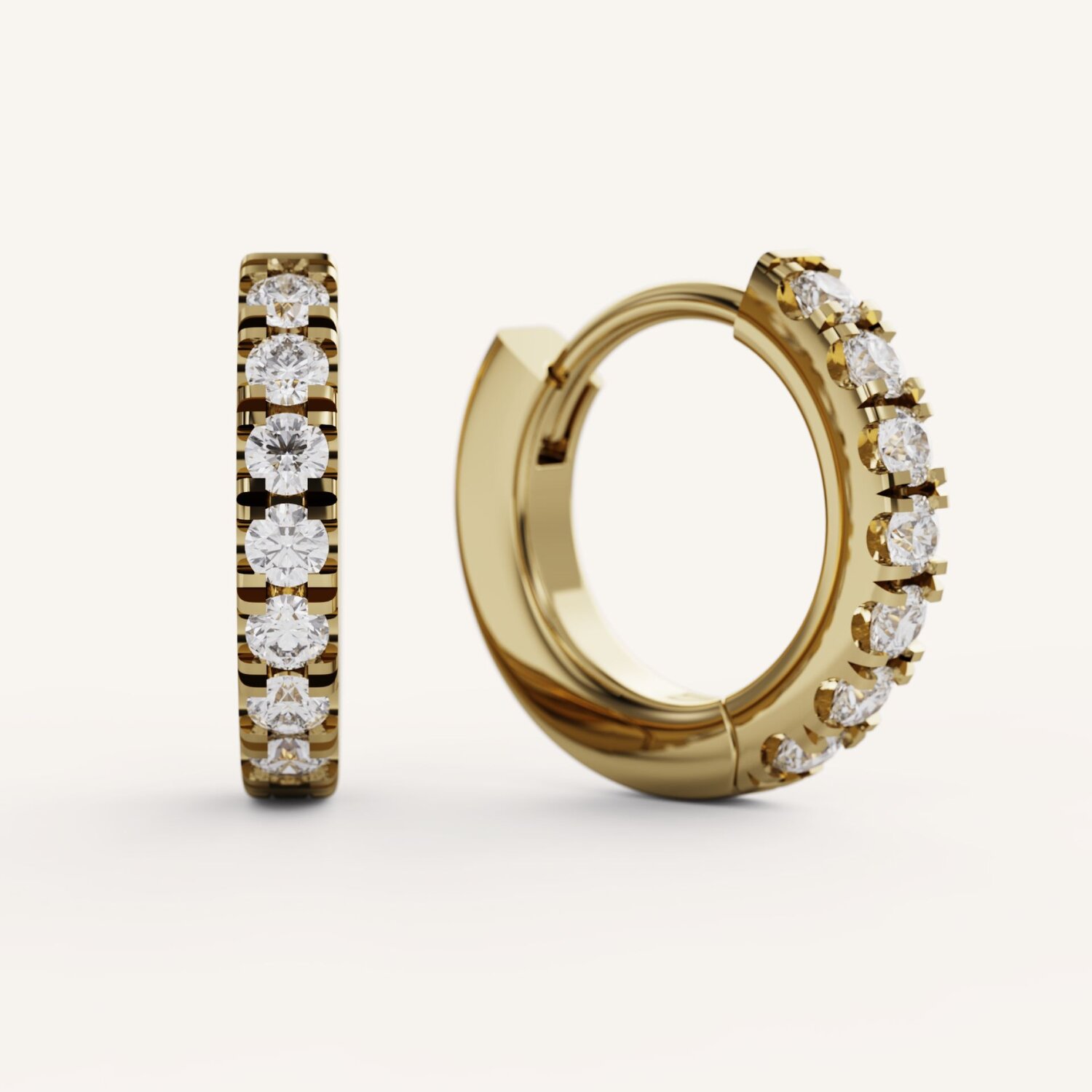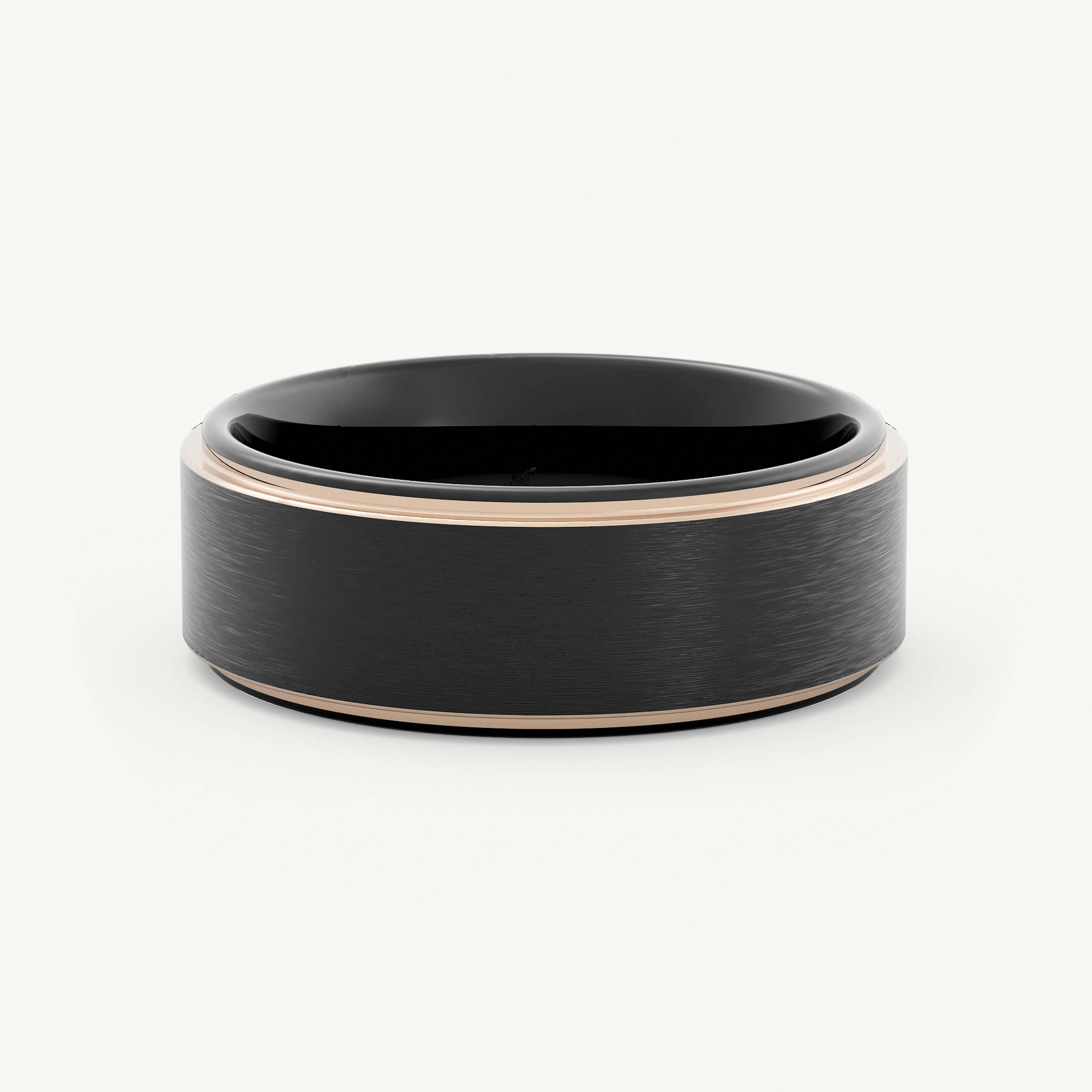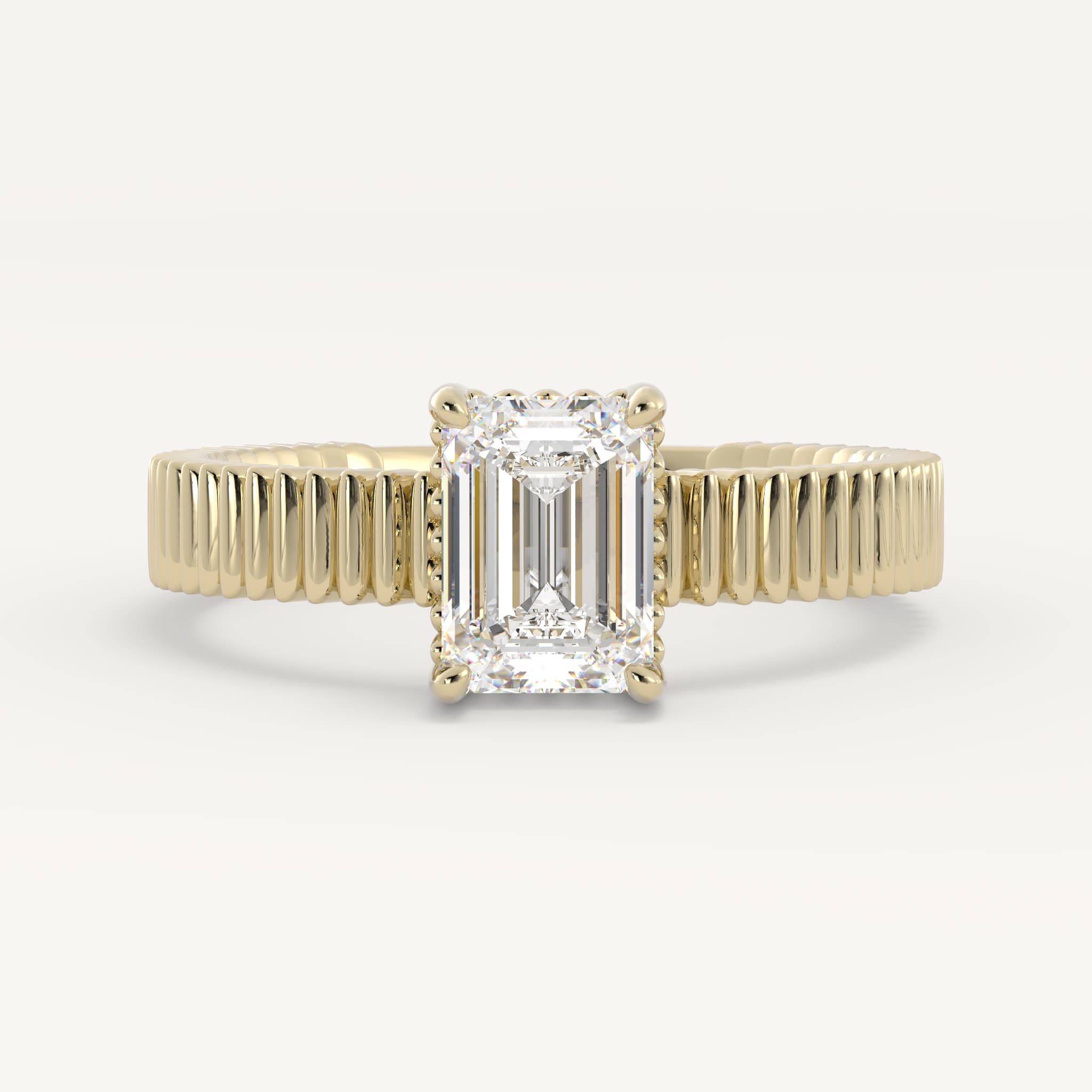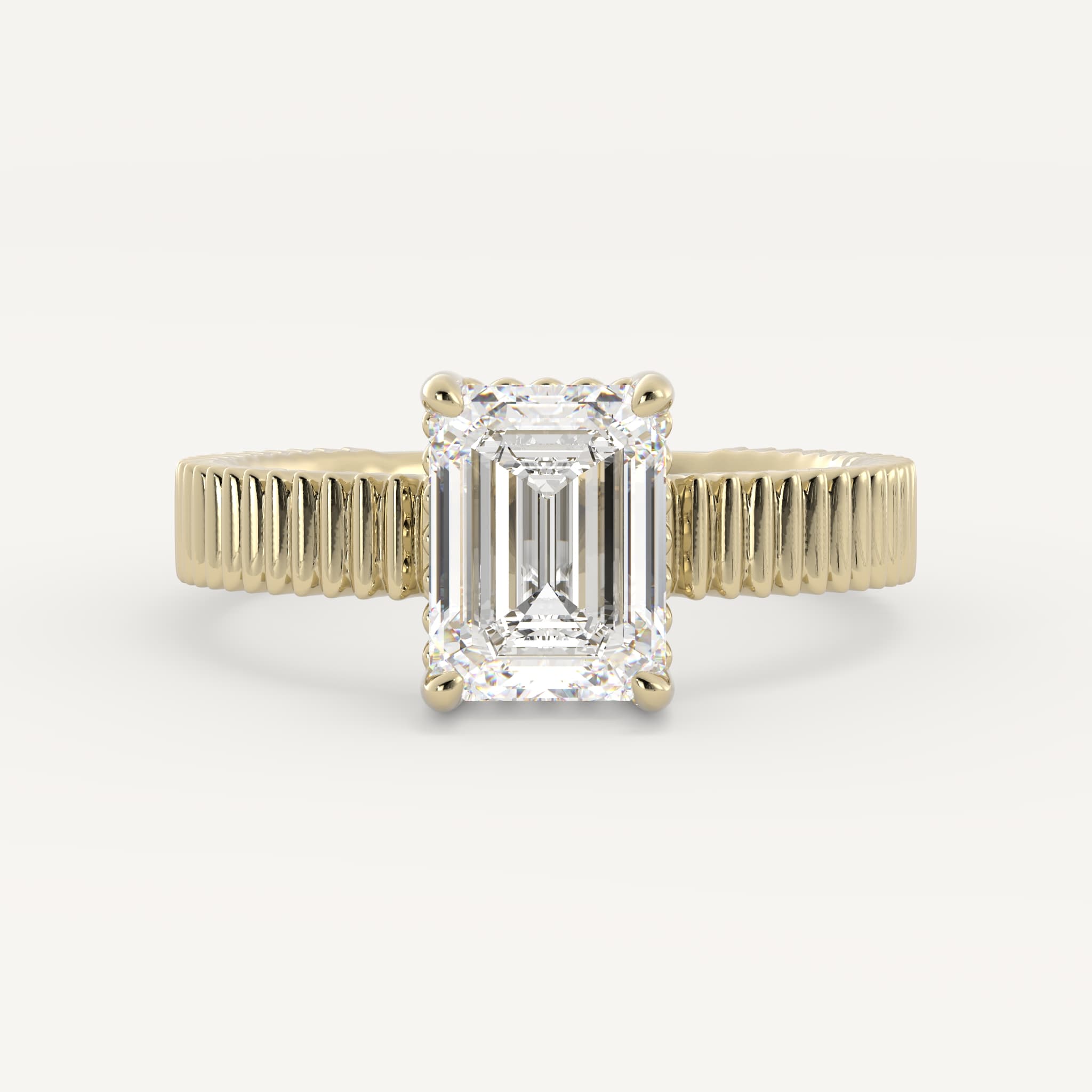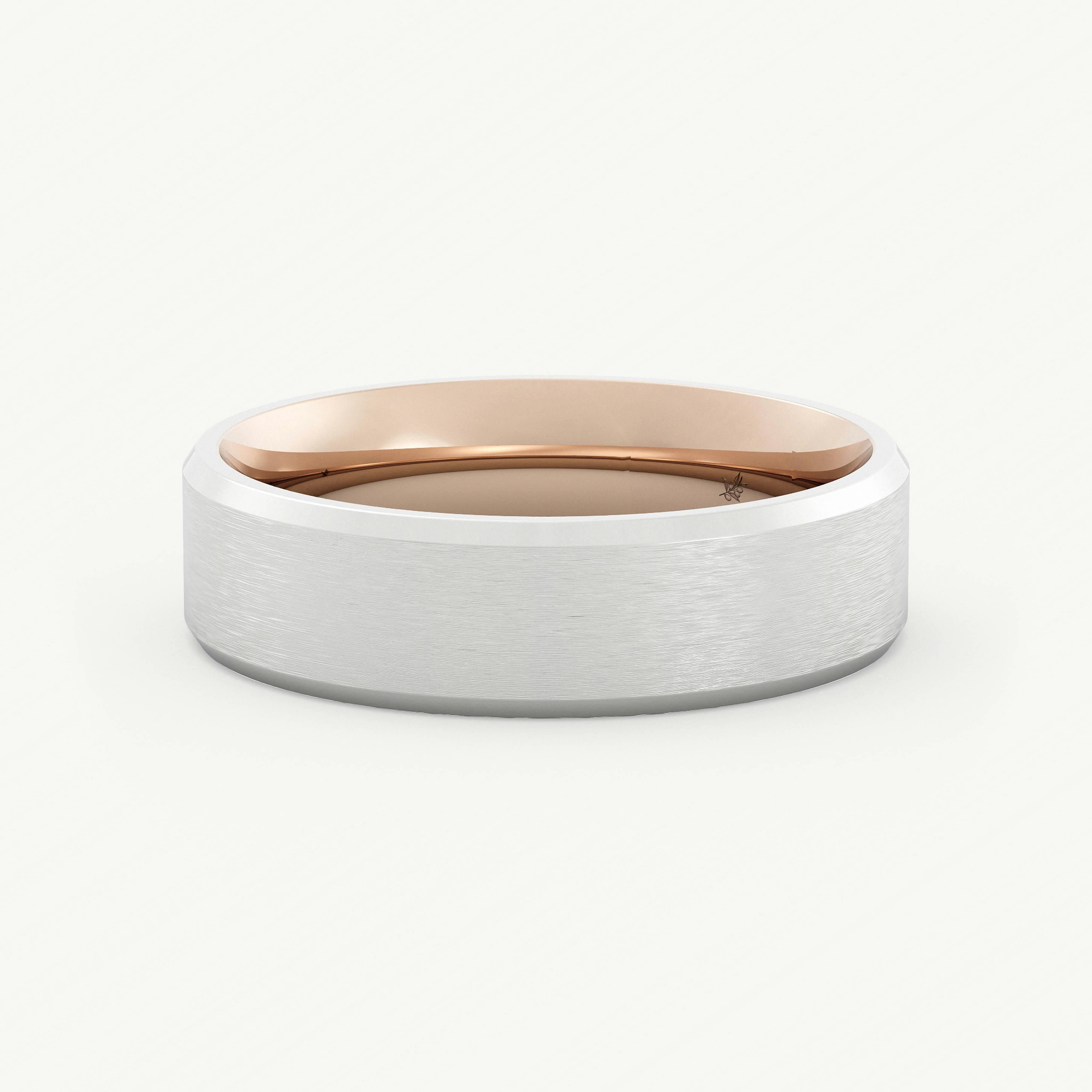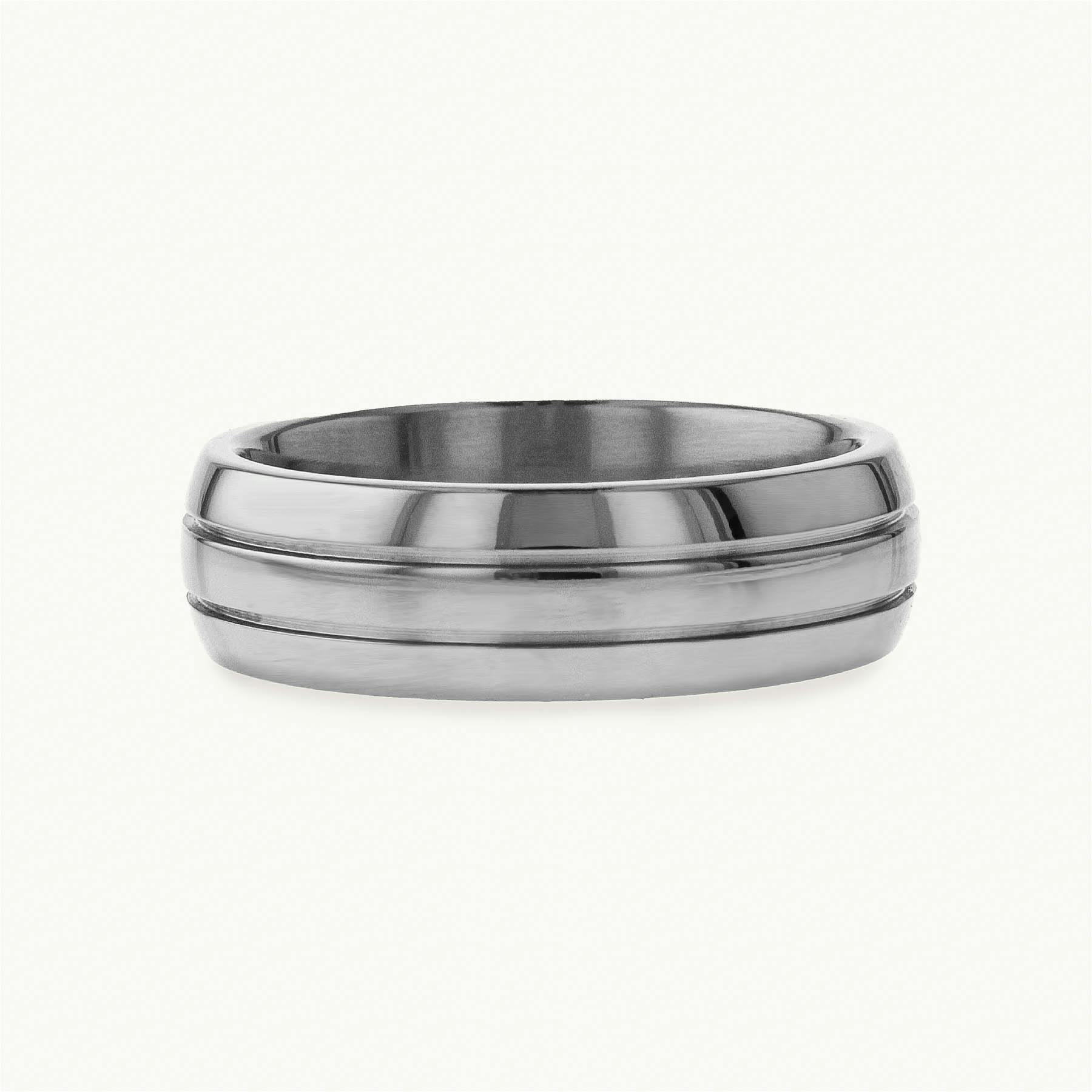Precious Metal Education
What you should know about precious metals in jewelry
At Olive Ave, our fine jewelry is created with high quality materials, including quality precious metals.
Gold
Gold is the most popular metal for fashioning fine jewelry. 24 karat gold is pure gold and is very soft. It is not durable and does not hold up to wear. Jewelers over the centuries have learned to mix pure gold with other alloys to improve its strength and durability making it more suitable for holding gemstones and daily wear.
The American standard for gold that holds up to wear is 14 karat gold designated as 14K. It is roughly 14 parts gold and 10 parts other metals/alloys.
Our pieces are solid 14K solid gold (not plated). Our gold jewelry is offered in three colors:
14K Yellow Gold is composed of gold, silver, copper, and zinc giving it a medium yellow color that is common in the U.S. Yellow gold is a popular choice and has been a staple in wardrobes and bridal jewelry for many centuries.
14K White Gold is produced from yellow gold mixed with zinc, and copper for strength and nickel to give the white color. White gold has a yellow hue still so it is usually rhodium plated to give it a bright white look. Rhodium plating wears off over time. White gold jewelry needs to be rhodium plated periodically to keep the bright sheen. Emerging as a trend in the 1920s, white gold has held a steady share of the fine jewelry market for years.
14K Rose Gold is a blend of yellow gold, silver, zinc plus added copper to give it a pink hue. Rose gold was a trend in the early 1900s and has regained popularity along with vintage jewelry styles.
18K gold is another option we offer as a customization. 18k gold has higher gold content (18 parts gold, alloyed with six parts other metals). Because it has more gold content giving it a darker yellow hue. It costs more and is also softer.
10K gold is a less expensive option as it is 10 parts gold alloyed with 14 parts less-precious metals. It has a lighter yellow color and holds up well to wear. It is a cost-effective alternative to 14K when on a tight budget.
Sterling silver
Sterling silver is among the precious metals used for jewelry and can be found in everything from bracelets to earrings. Sterling silver is an alloy made up of 92.5% pure silver. Sterling silver is strong enough to be wearable but is a softer metal than gold. We do not recommend setting precious stones in silver since it is softer, and silver prongs can break more easily. It can also tarnish over time, so it is important to clean and care for your sterling silver jewelry regularly. If you like the silver color but need a metal that is more suitable for gemstones and daily wear, we recommend white gold.
Platinum
Platinum is stronger and more dense than other precious metals. While stronger than gold, platinum is still a soft metal and needs to be worn with care. It is also considered hypo-allergenic since it does not contain nickel, a common allergen. Platinum is a grayish-white metal and is usually rhodium plated to brighten its appearance. When platinum and white gold pieces are rhodium plated, they look the same. Platinum is usually more expensive than gold.
Tungsten
Tungsten is a popular option for men's bands due to its scratch resistant properties and durability. Rings made of Tungsten will hold a long-lasting polish and shine. Tungsten is higher than titanium on the hardness scale making it a more popular choice. However, these rings cannot be resized.
Titanium
Titanium is an incredible fusion of lightweight strength that will not tarnish and is corrosion-resistant, making it increasingly popular for men's wedding bands. Titanium is difficult to scratch even after years of wear and tear, leaving it looking as good as the day you bought it.


